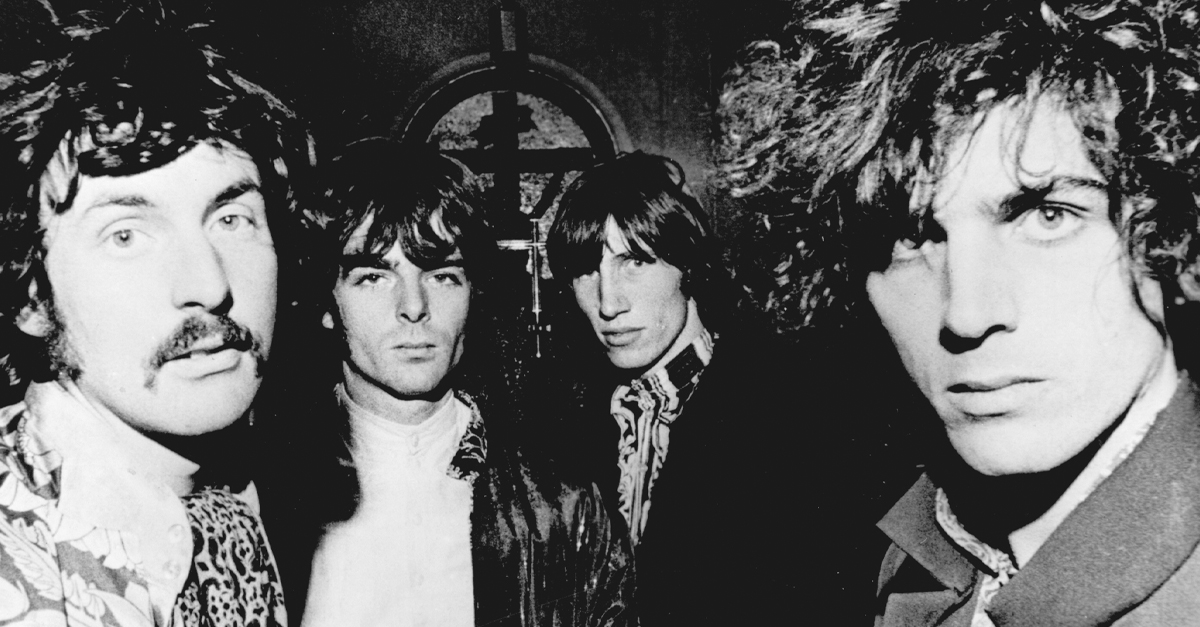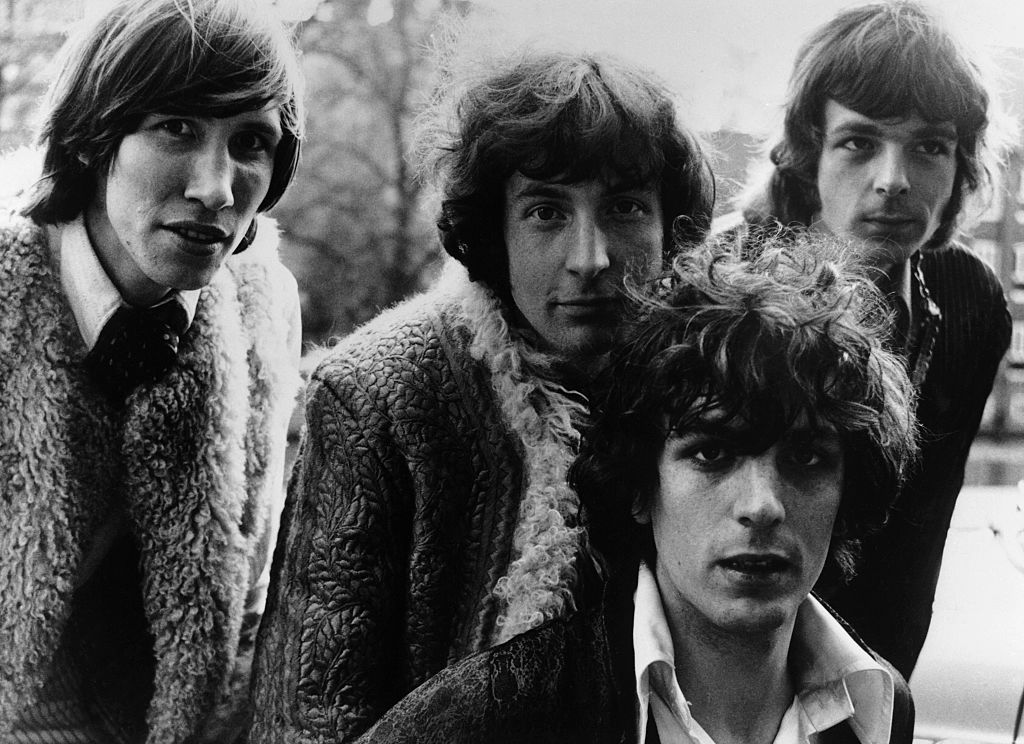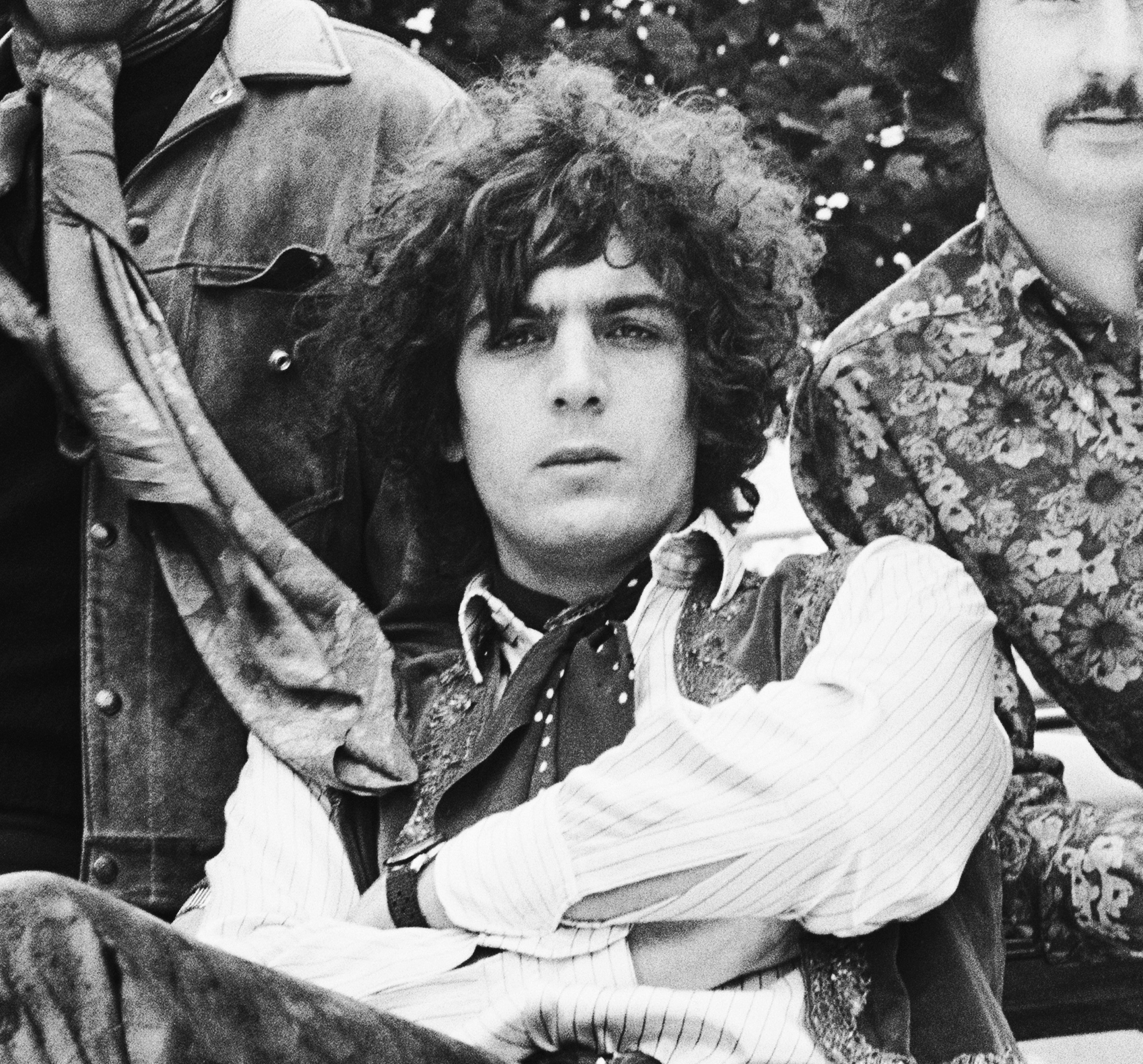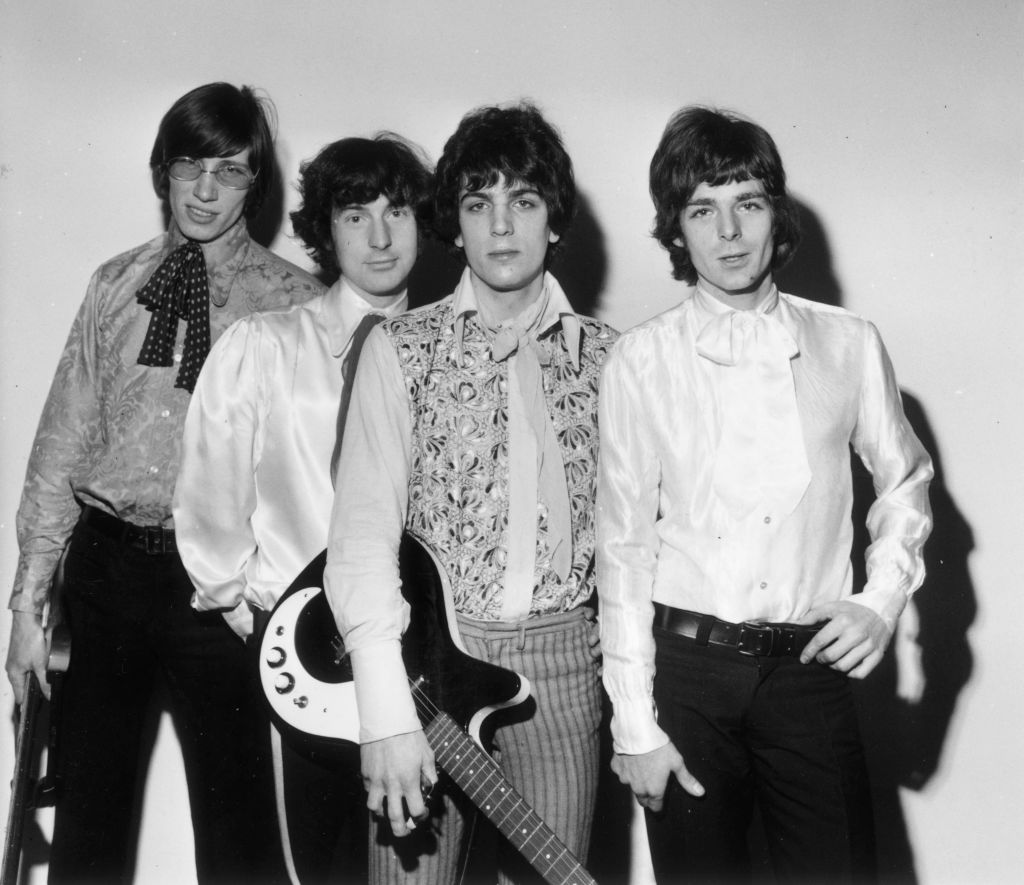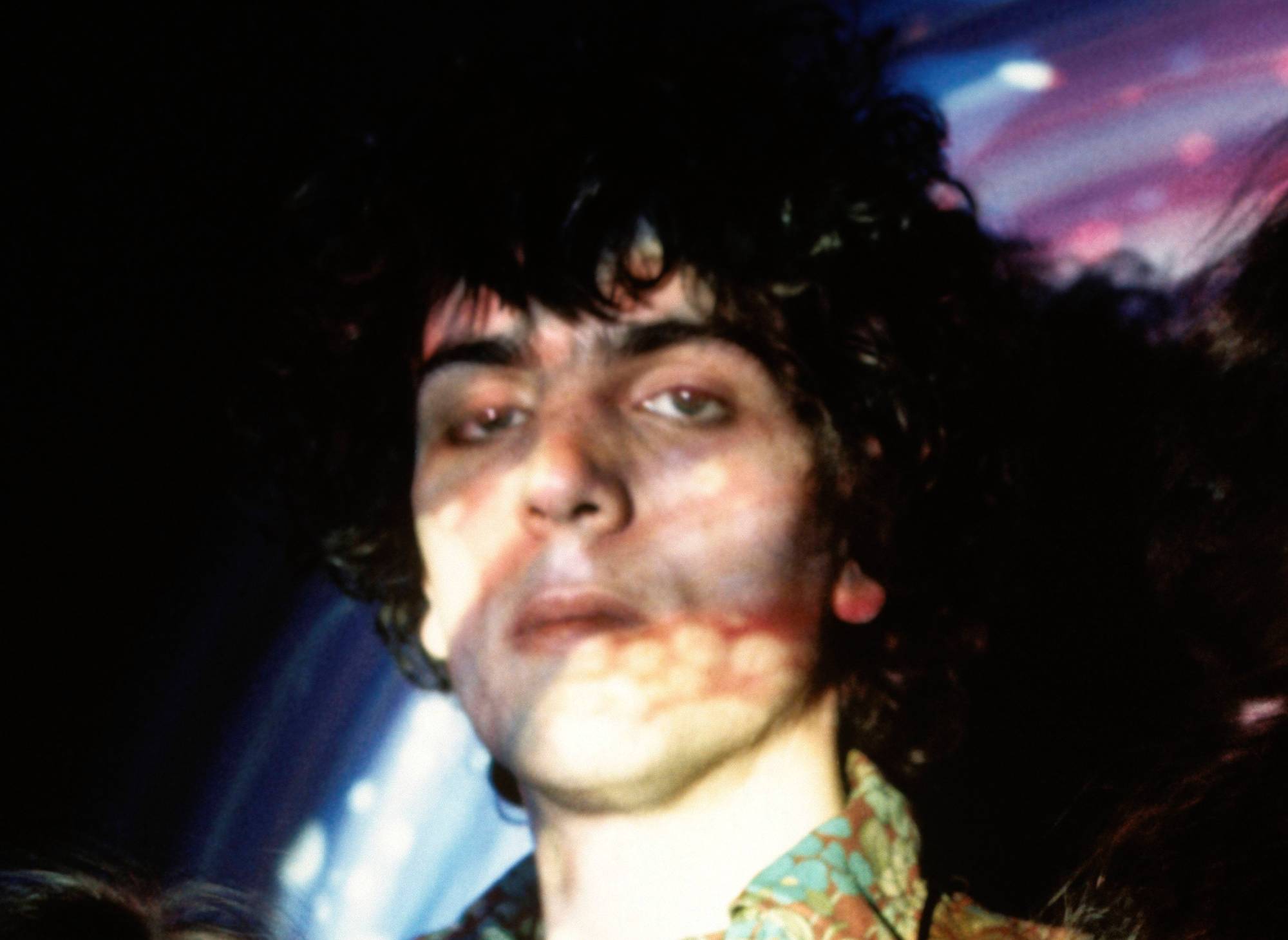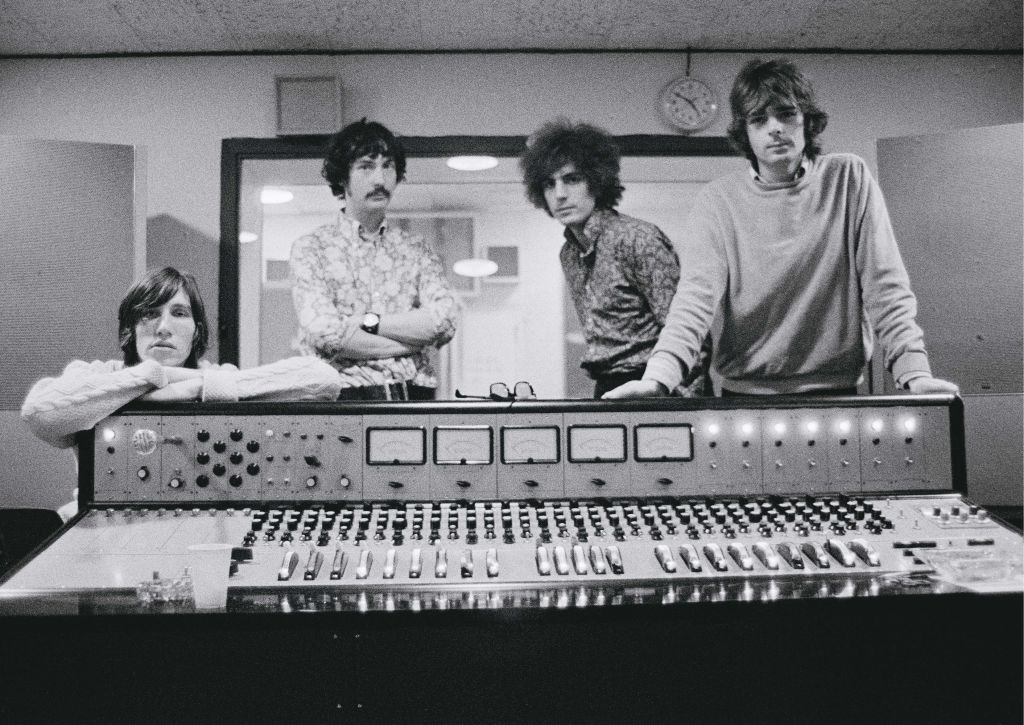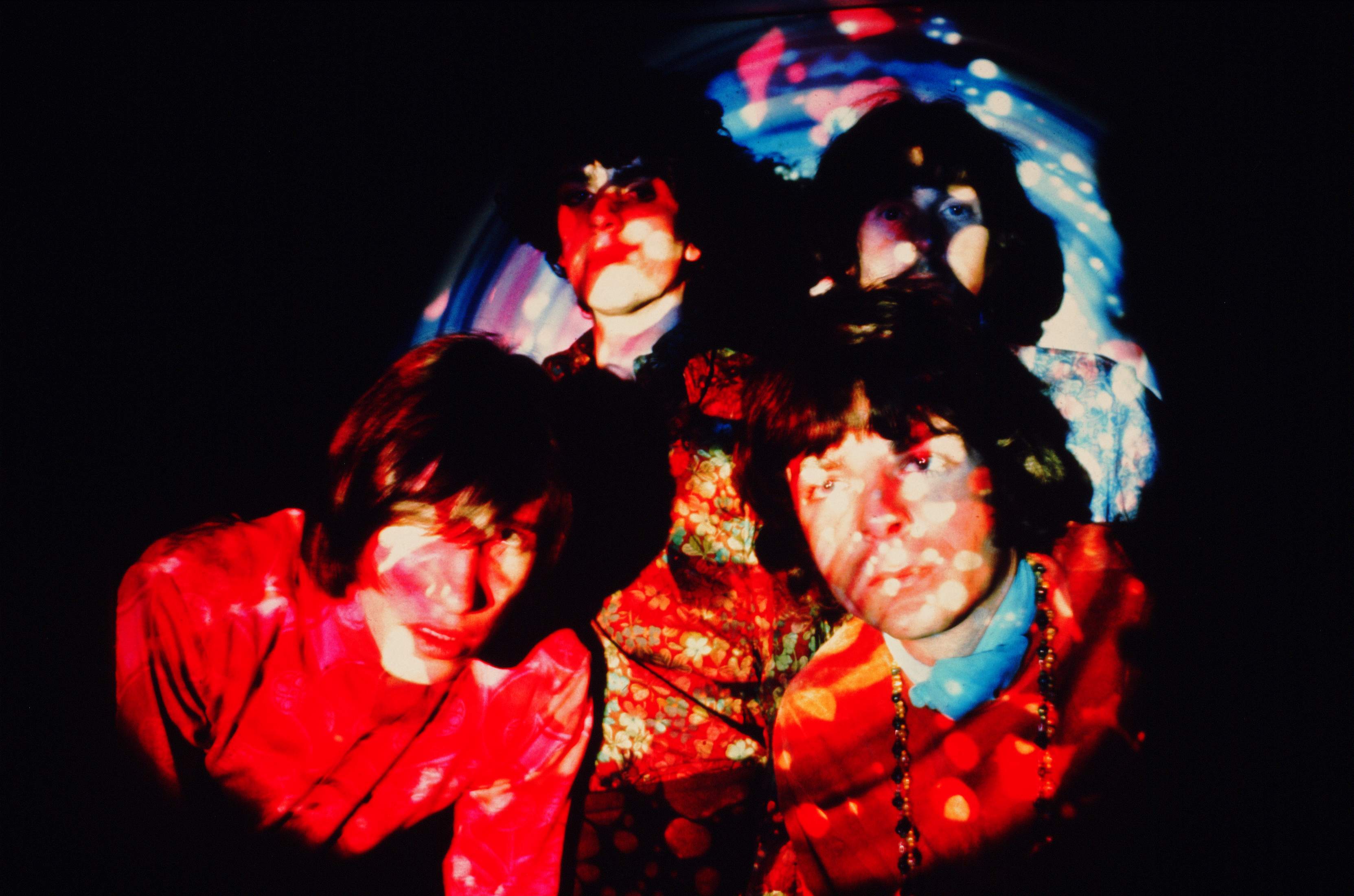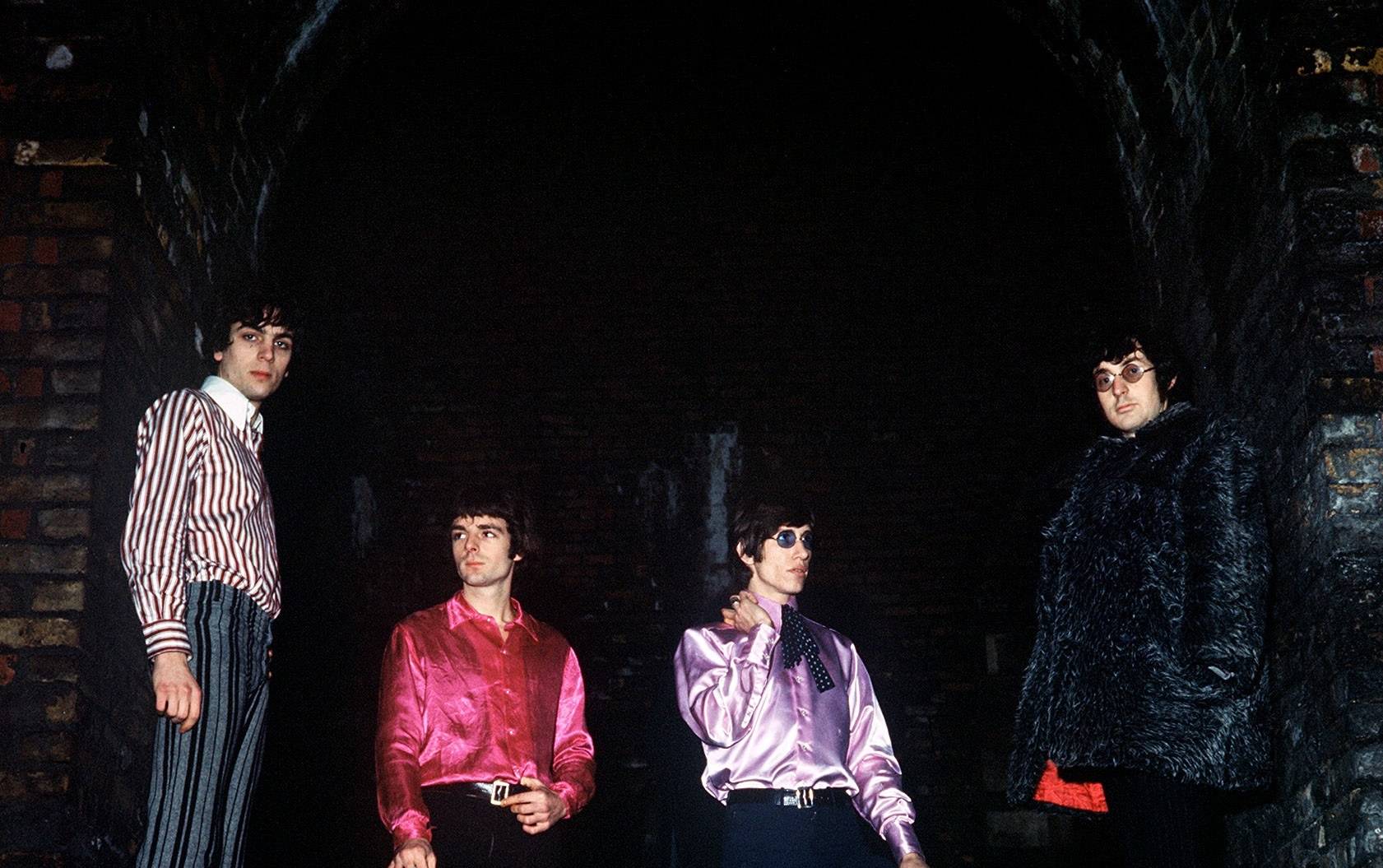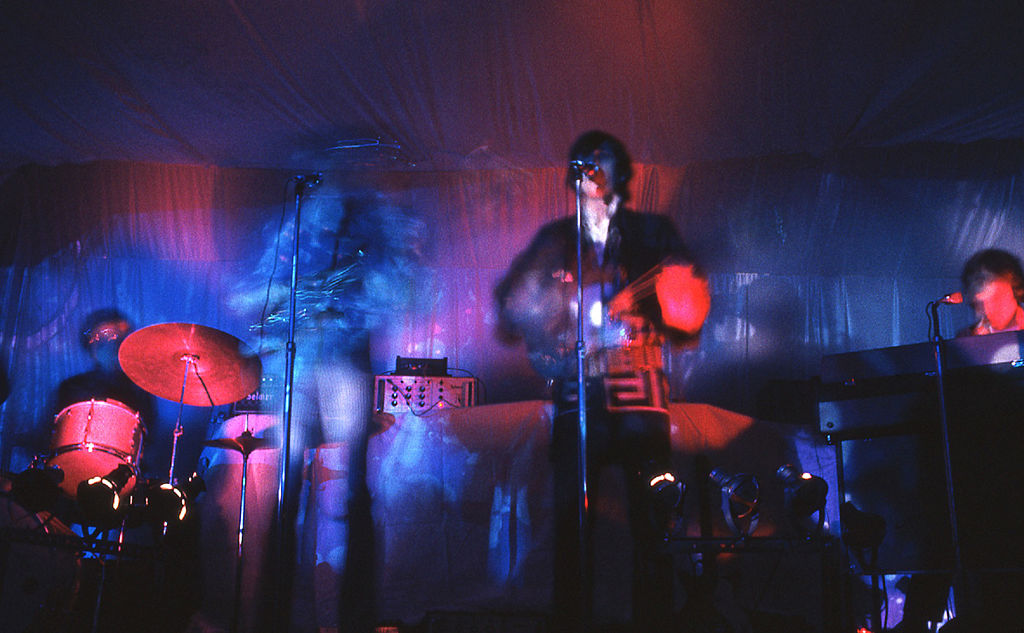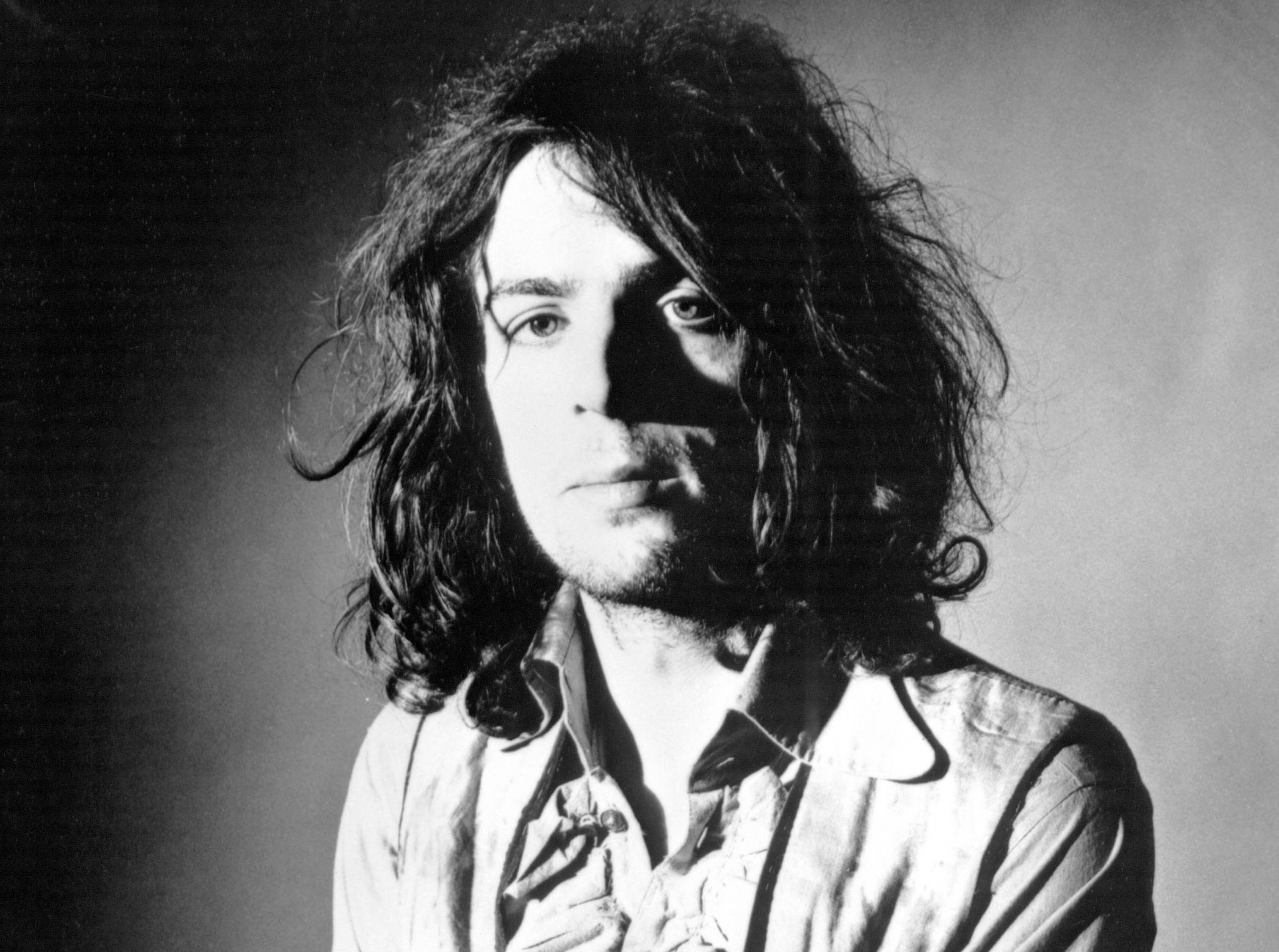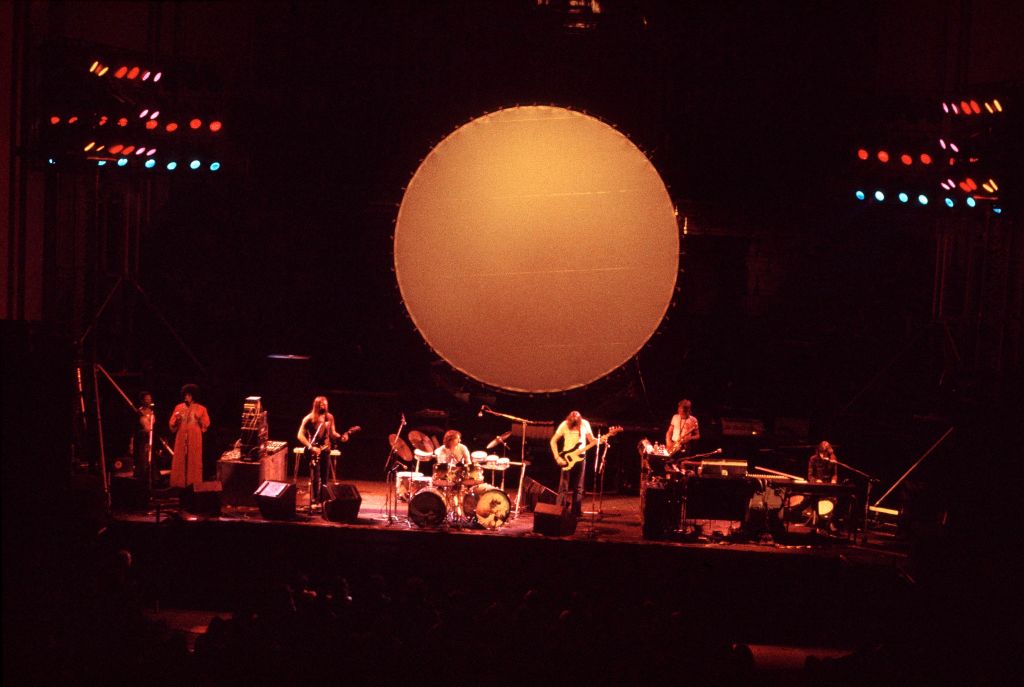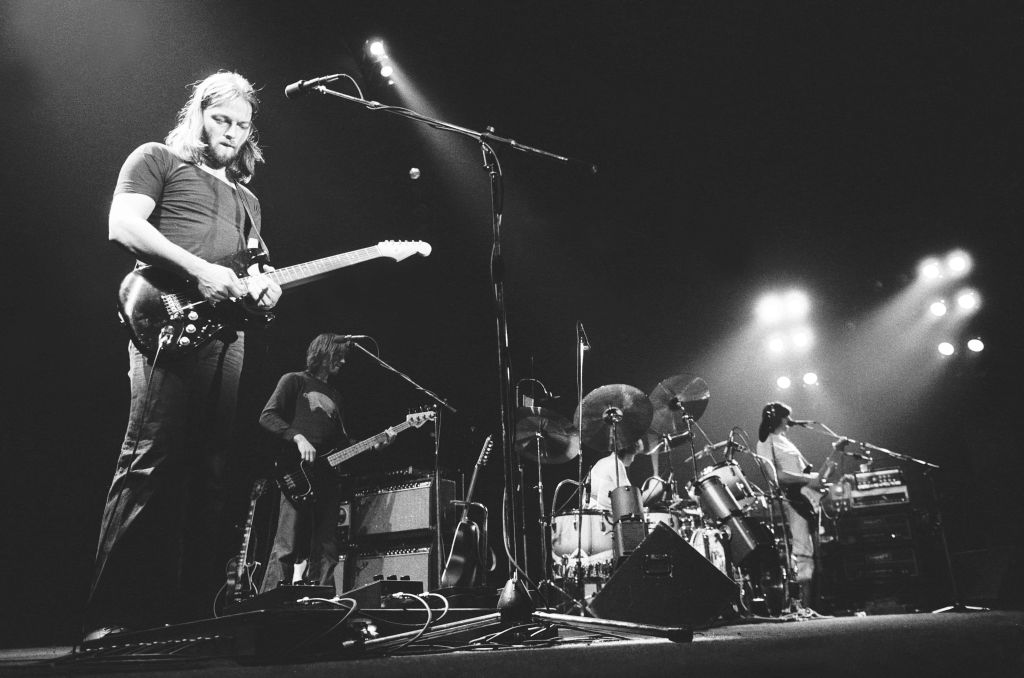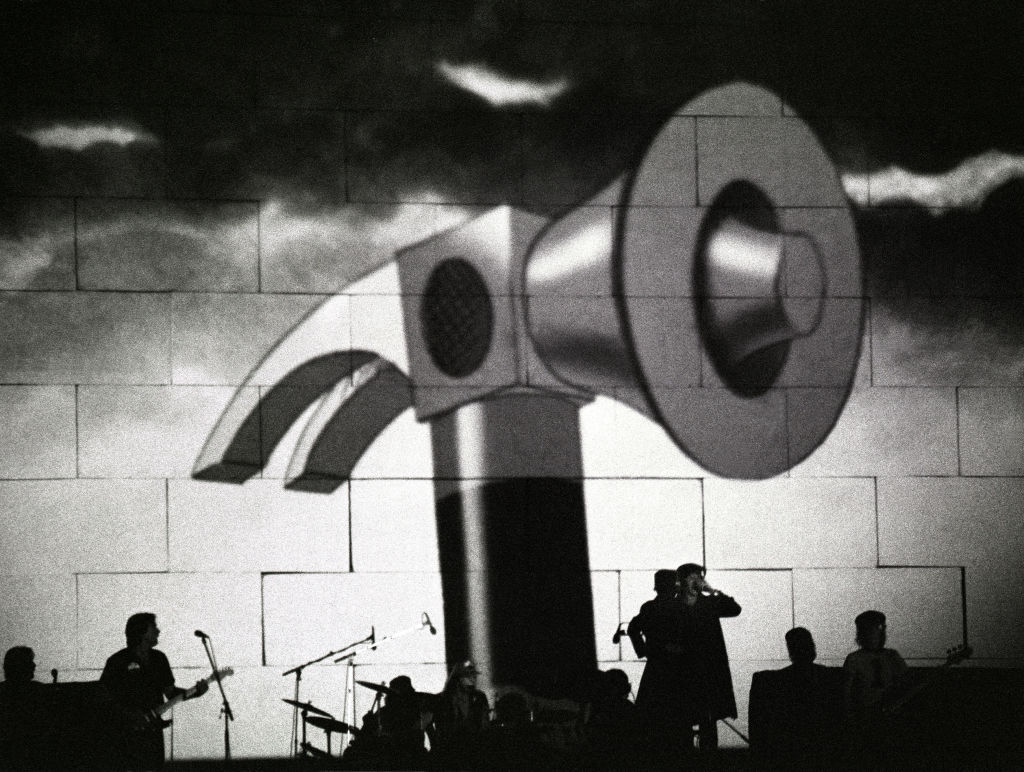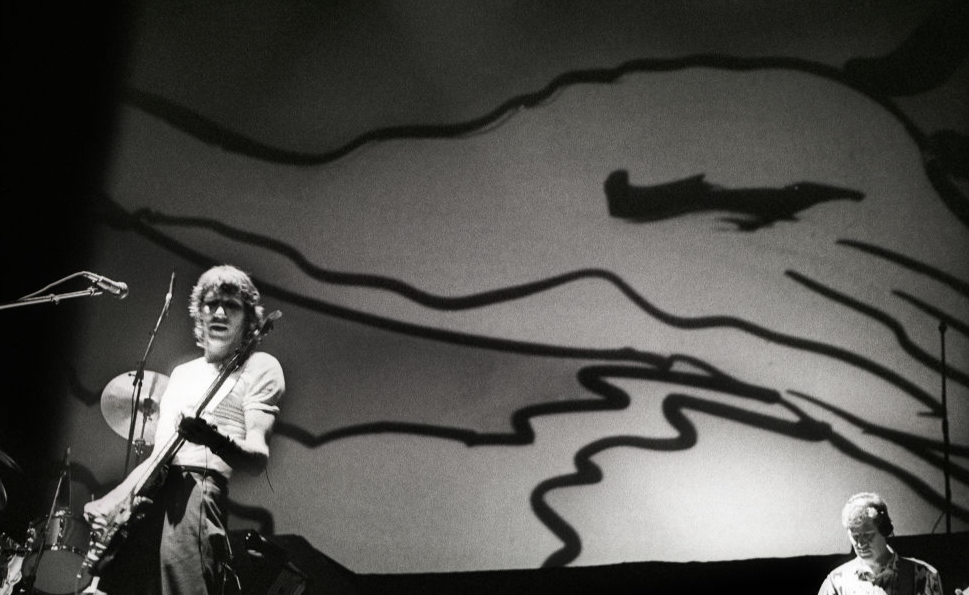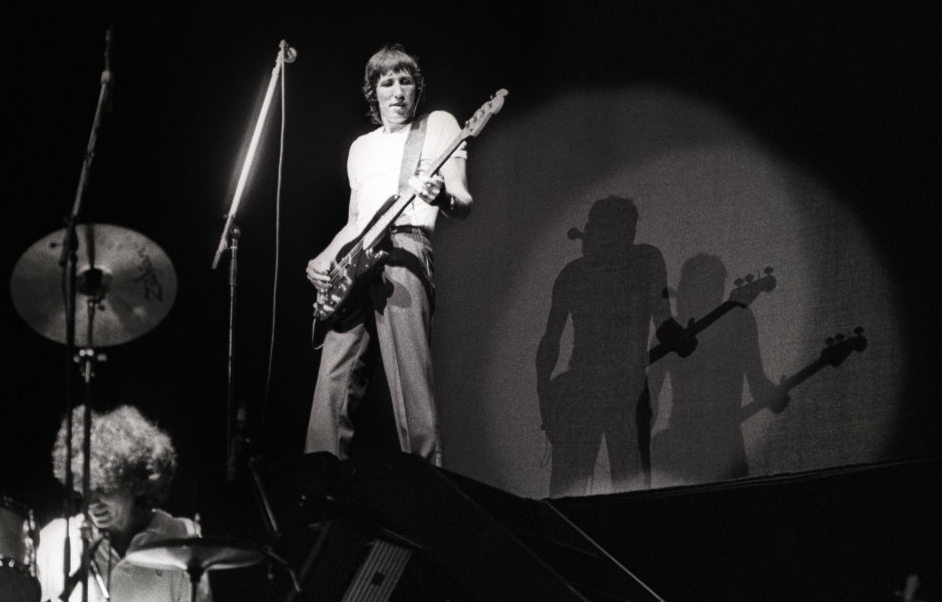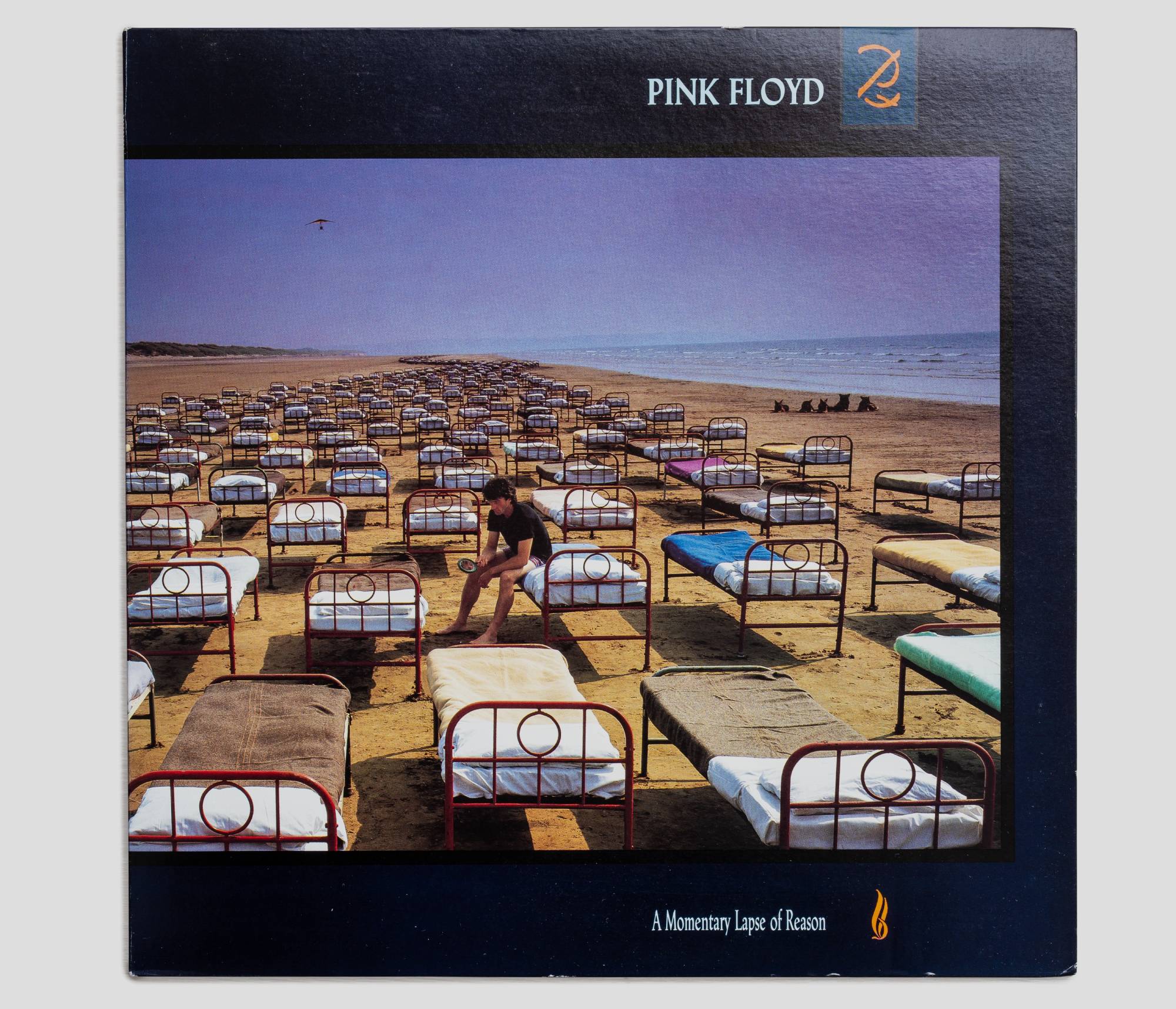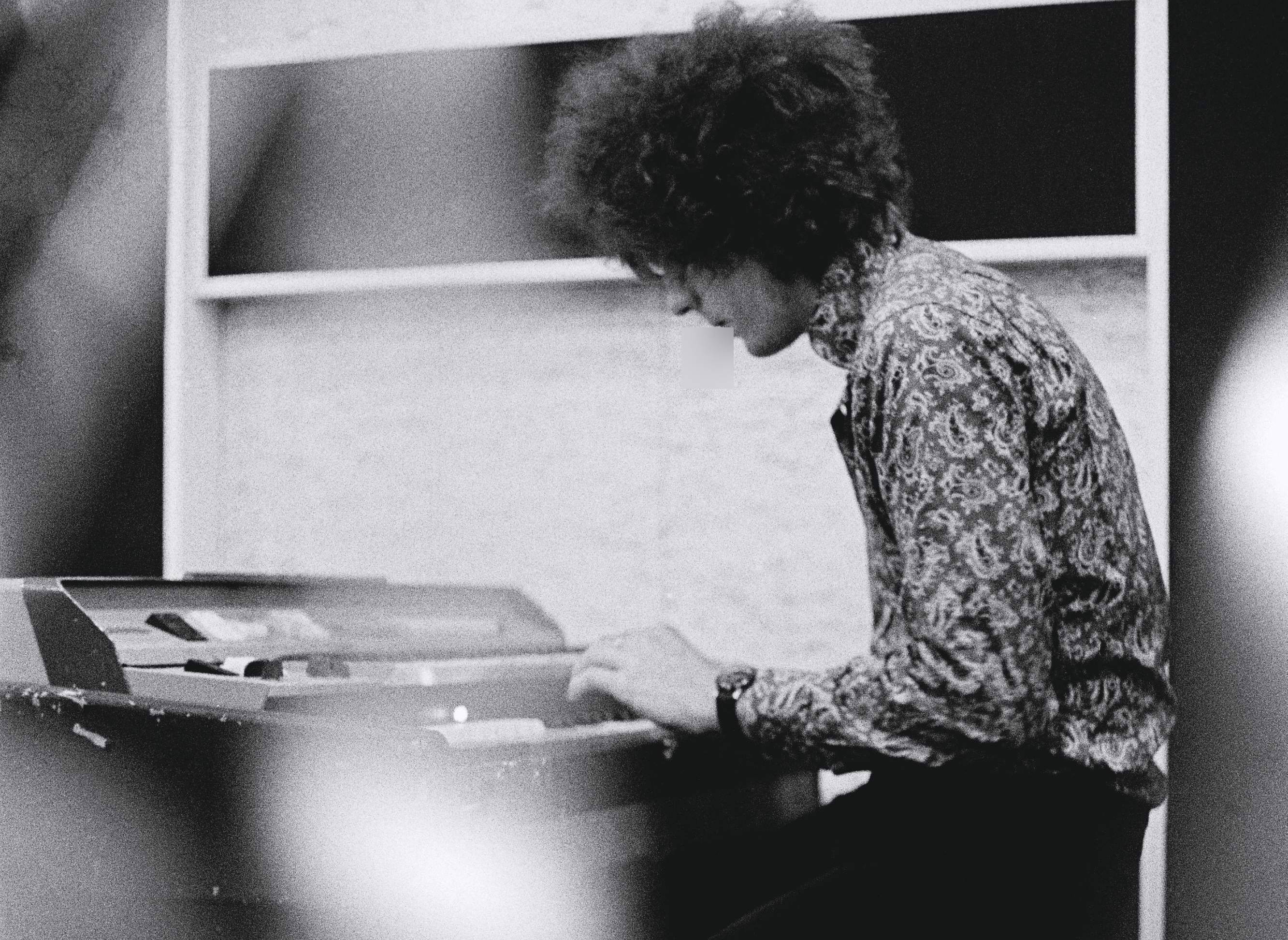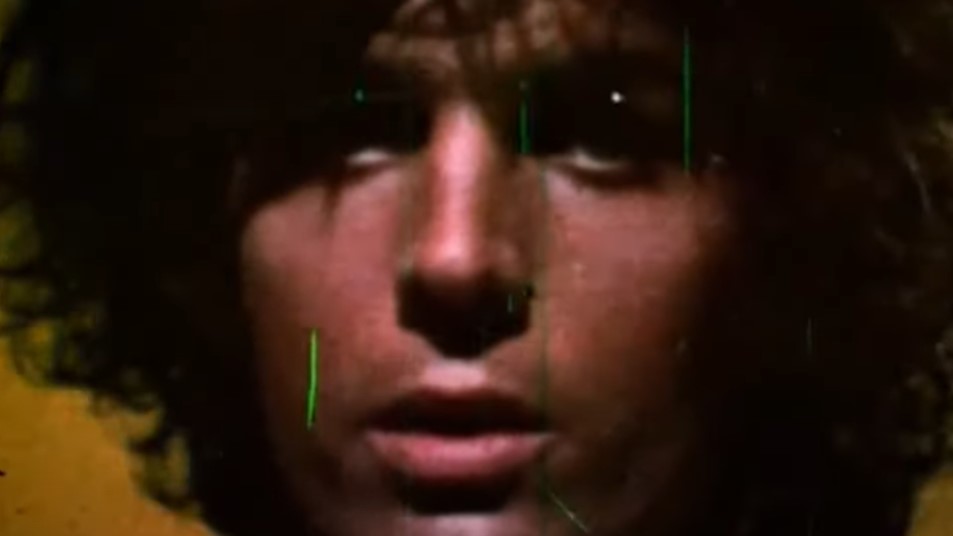Another Brick In The Wall
Known for hit albums like Dark Side of the Moon and Wish You Were Here, Pink Floyd was one of the 20th century's most impactful rock bands—before getting torn down from within.
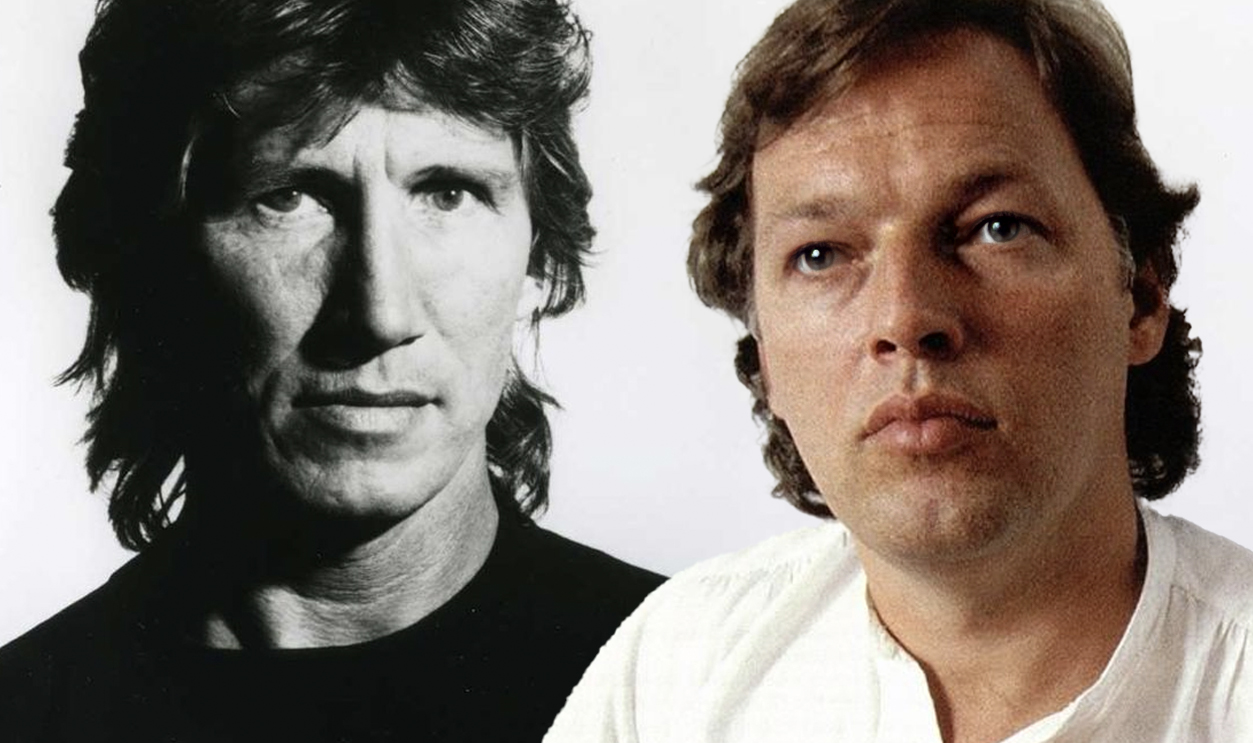
1. They Founded The Band
One of the most influential bands of all time, Pink Floyd revolutionized Rock music with their progressive and psychedelic style. However, it wasn’t all happiness and success, and it all started in 1965 with its four original members—Syd Barrett, Roger Waters, Nick Mason, and Richard Wright.
Although, strictly speaking, it began even earlier.
2. They Went To School Together
Before the band formed, three of the four members met in an unexpected place. While at what would become the University of Westminster, bassist and singer Roger Waters, keyboardist Richard Wright, and drummer Nick Mason studied architecture together.
However, even the fourth member had a shared history.
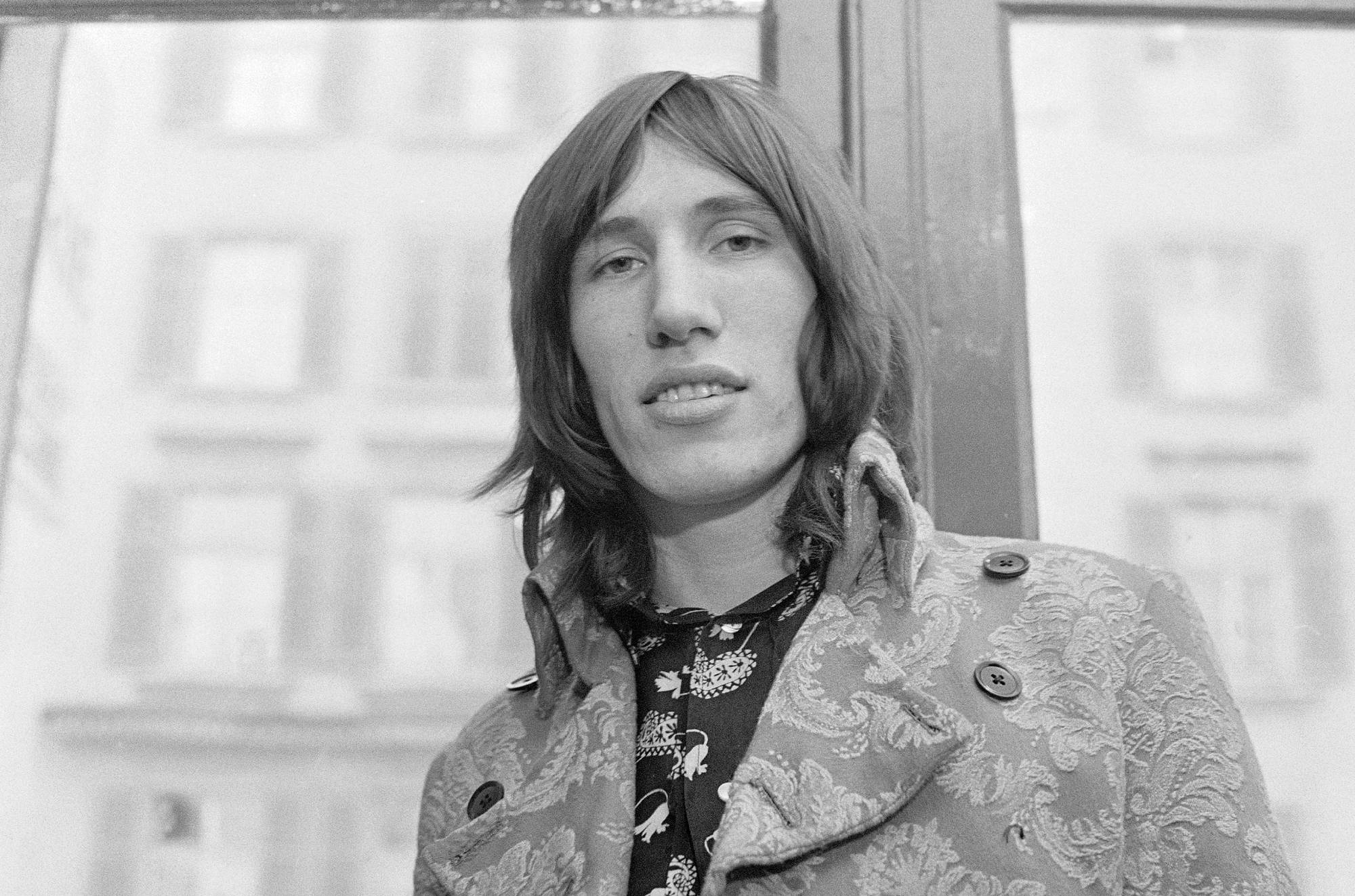 ullstein bild Dtl., Getty Images
ullstein bild Dtl., Getty Images
3. They Were Old Friends
Just because guitarist and lead vocalist Syd Barrett was two years younger than the rest, and wasn’t at the same school, doesn’t mean he was a complete stranger. On the contrary, he and Roger Waters were childhood friends, sharing a love of music from an early age.
They would eventually turn that passion into a music group—but it wasn’t Pink Floyd.
4. They Weren't Pink Floyd
Before becoming what would be known as Pink Floyd, the group's earliest iterations saw several different members and names. When Syd Barrett finally joined, the band was performing under the name The Tea Set.
This wouldn’t last long, though.
5. They Rebranded
The change to the name we all know came from a bizarre coincidence. While performing one of their gigs in 1965, the Tea Set learned that another band with the same name would also be playing there. After a quick bit of thinking, Syd Barrett changed their name to the Pink Floyd Sound.
This wasn’t a random name, however.
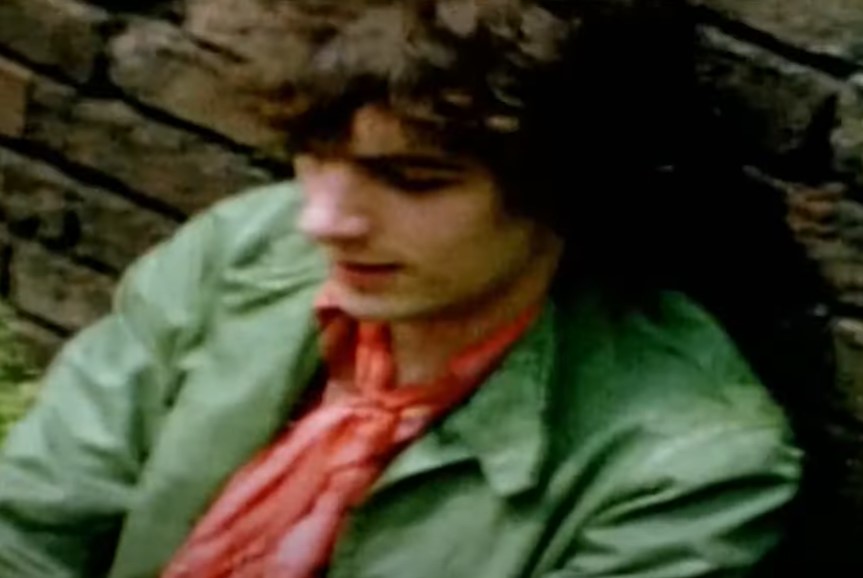 BBC, The Pink Floyd Story: Which One's Pink? (2007)
BBC, The Pink Floyd Story: Which One's Pink? (2007)
6. They Changed Their Name For A Reason
The Pink Floyd Sound didn’t come to Barrett from out of nowhere. He had been a fan of Blues music and derived the name from two Blues musicians whose records he owned; Thus, Pink Anderson and Floyd Council inspired one of the most iconic names in the music industry.
Shortly after, they would have their first brush with destiny.
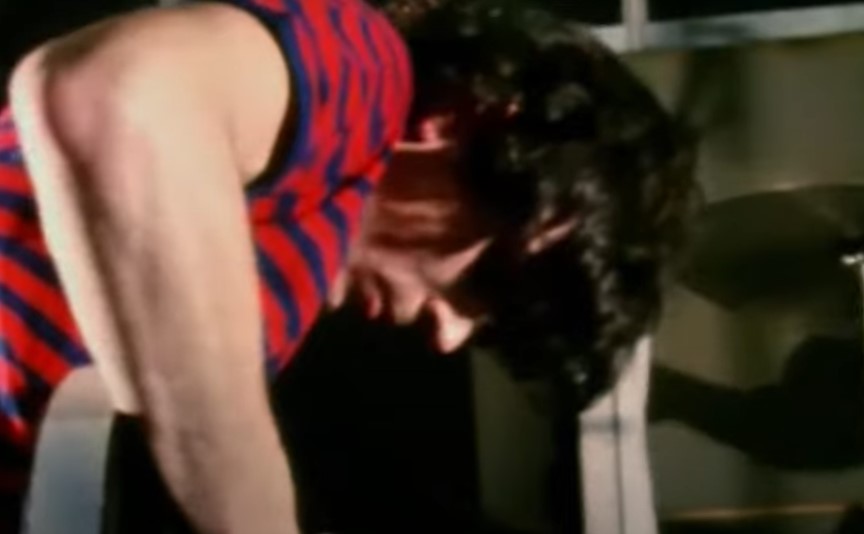 BBC, The Pink Floyd Story: Which One's Pink? (2007)
BBC, The Pink Floyd Story: Which One's Pink? (2007)
7. They Had A Chance Encounter
While performing at London's legendary Marquee Club, the band got the attention of an intrigued entrepreneur named Peter Jenner. Impressed by their sound, and despite having almost no experience with the music industry, Jenner and his business partner Andrew King signed on to manage the group.
They also suggested an important change.
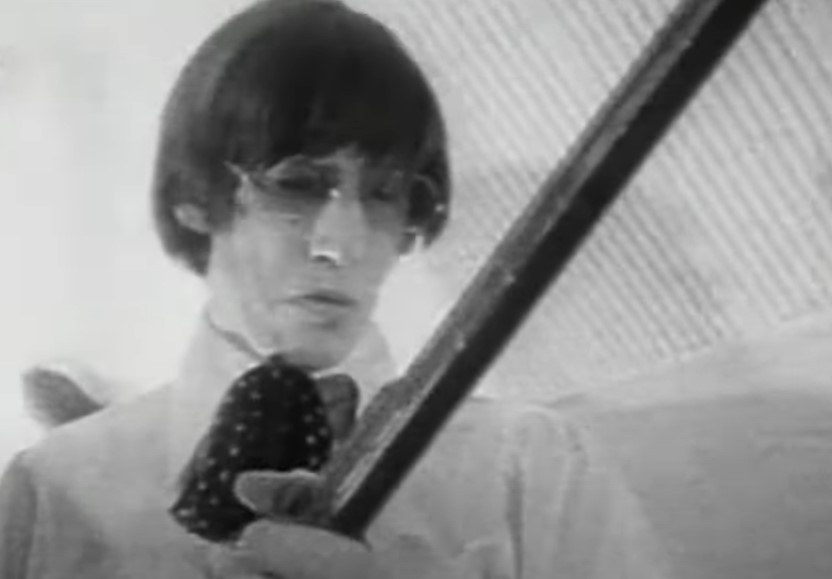 BBC, The Pink Floyd Story: Which One's Pink? (2007)
BBC, The Pink Floyd Story: Which One's Pink? (2007)
8. They Cut It Down
While Peter Jenner liked the band and its unique style, he did have one suggestion: He said they should drop the “Sound” from their name, and the group took it to heart. They cut the name down to Pink Floyd, keeping Barrett’s original idea.
Of course, this wouldn’t be Barrett’s only contribution that stuck.
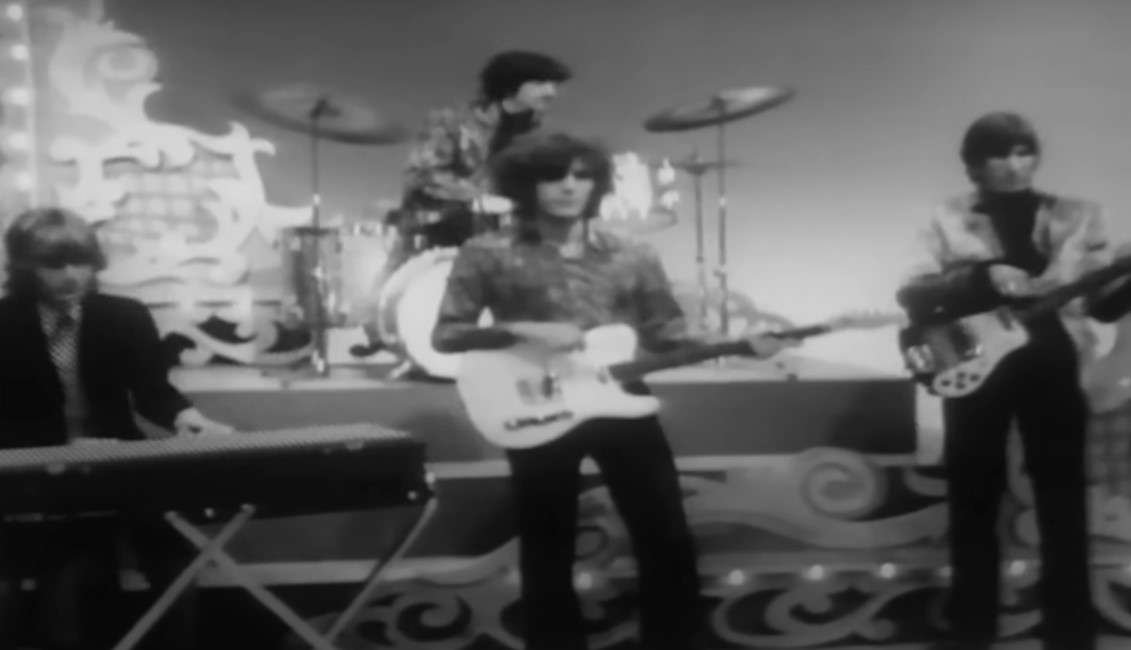 ABC, American Bandstand (1952–1989)
ABC, American Bandstand (1952–1989)

History's most fascinating stories and darkest secrets, delivered to your inbox daily.
9. He Wrote More Songs
Previously, Pink Floyd had been playing mostly R&B classics, but soon, their music began to evolve—and it quickly went down a strange path. They started focusing on Syd Barrett's bizarre and psychedelic songs, often inspired by his love of science fiction.
Although they were finding their individuality, they weren’t immediately accepted. The world wasn't ready to tear down the Wall just yet.
10. They Were Still Underground
The band still performed regularly at gigs and had accumulated some fans, but the general public hadn’t opened up to them. But their time would soon come.
Nevertheless, they were able to thrive in the underground scene—and it wasn't long before things started to look up.
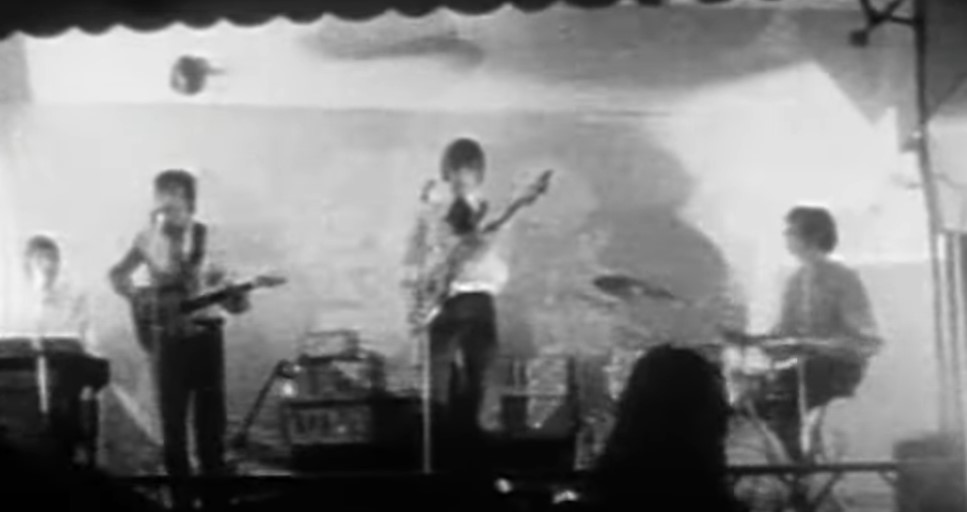 BBC, The Pink Floyd Story: Which One's Pink? (2007)
BBC, The Pink Floyd Story: Which One's Pink? (2007)
11. They Signed With Their First Label
In 1967, Pink Floyd made a huge step toward the mainstream. They signed with EMI Studios—which would later become Abbey Road Studios—and recorded their first two singles within the year.
It looked like the band might finally make it big—but just as they were getting started, one of their most important members was on the decline.
12. They Witnessed The First Signs Of Trouble
As 1967 wore on, everyone in the band started to notice that something was seriously wrong with Syd Barrett. The effects of his substance use and mental health decline were coming to the surface, and it was impacting his work in the group right when they needed him most.
Amid this struggle, they were able to pass an important milestone.
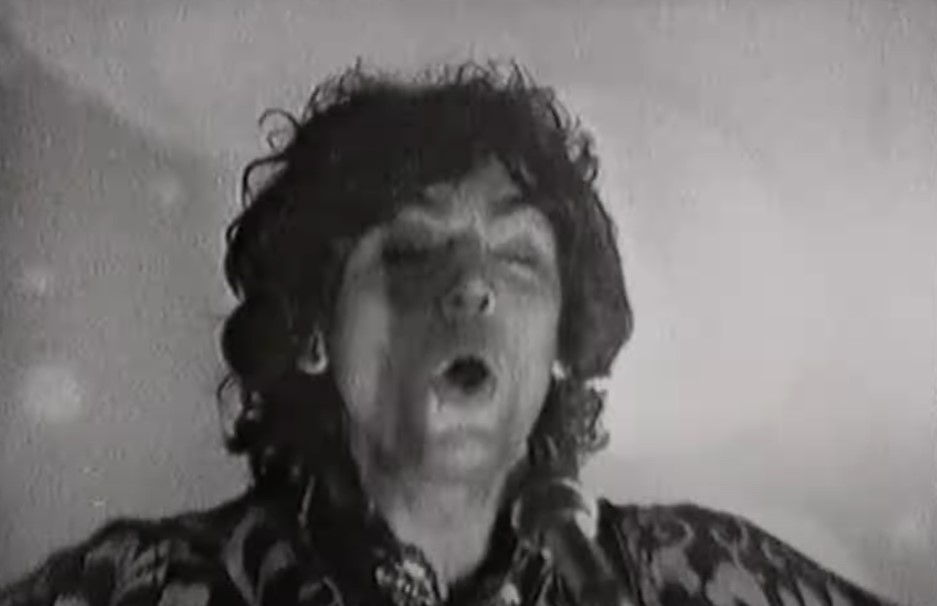 BBC, Pink Floyd: The Story (1994)
BBC, Pink Floyd: The Story (1994)
13. They Released Their First Album
With EMI Studios, Pink Floyd released their first album in August 1967. Titled The Piper at the Gates of Dawn, it found some decent success, staying on the UK charts for 14 weeks and reaching number six.
Their problems weren’t over, however.
14. He Began Devolving
After their first album, they should have been enjoying their success, but Pink Floyd was still facing internal turmoil. Syd Barrett’s condition had gotten so severe that he'd become merely a shell of his former self. When not unconscious, he was on stage and barely performing—doing little more than standing in a daze.
They tried to carry on, but the situation became overwhelming.
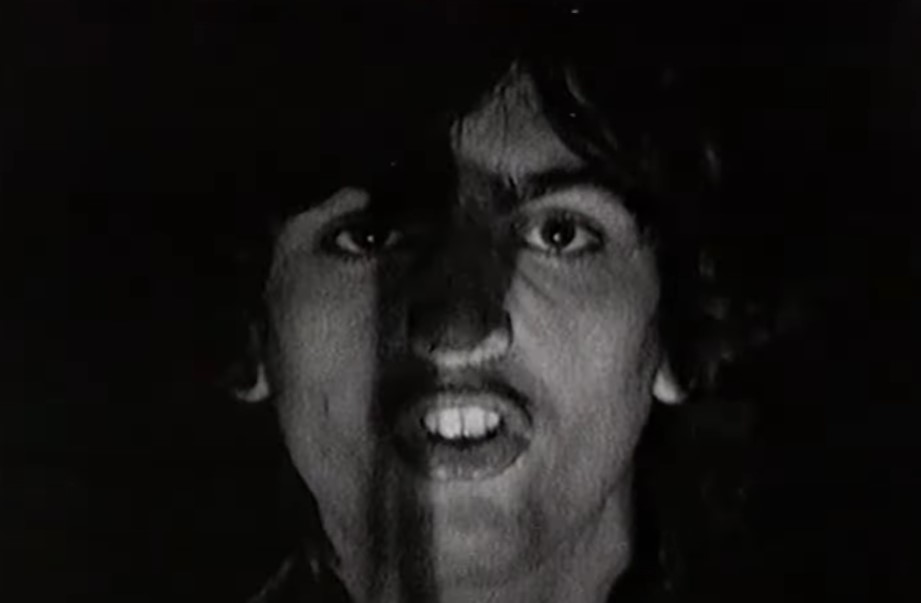 BBC, Pink Floyd: The Story (1994)
BBC, Pink Floyd: The Story (1994)
15. They Had To Cancel
That year, the band agreed to do various events, including the National Jazz and Blues Festival. However, because of Syd Barrett’s condition, they had no choice but to cancel their performances. Following this, their management announced that Barrett couldn’t perform due to nervous exhaustion.
Despite this setback, they tried again.
16. They Had Their First US Tour
Getting back on the horse, the band continued to perform all over Europe before starting something new. They embarked on their first US tour, which included appearances on several television shows.
But if they thought Barrett would magically recover and be able to handle the tour schedule...well, they were wrong.
17. He Sent Them Home
As the American tour continued, Barrett’s bandmates and the public watched him worsen. His behavior was disoriented and distant, and even when speaking on TV programs, he was barely cognitive. It eventually got so bad that Pink Floyd’s management decided to cut the tour short and bring them home.
Something needed to change.
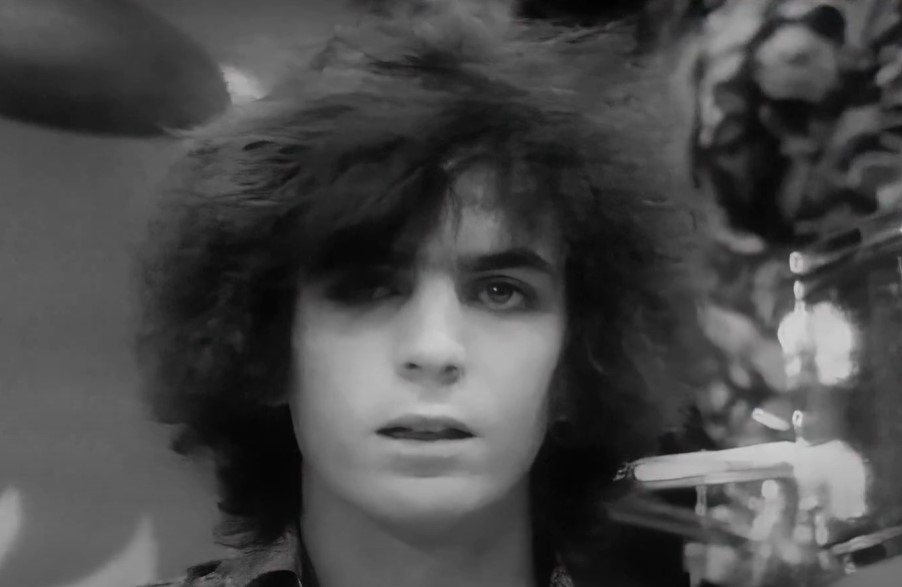 ABC, American Bandstand (1952–1989)
ABC, American Bandstand (1952–1989)
18. They Gained A Fifth Member
Faced with a difficult situation and few options, the band brought in a guitarist named David Gilmour. As they passed into 1968, they announced him as the band’s new member. They planned to have him take over on guitar, and leave Barrett to only serve as a songwriter.
This didn’t completely fix the situation, though.
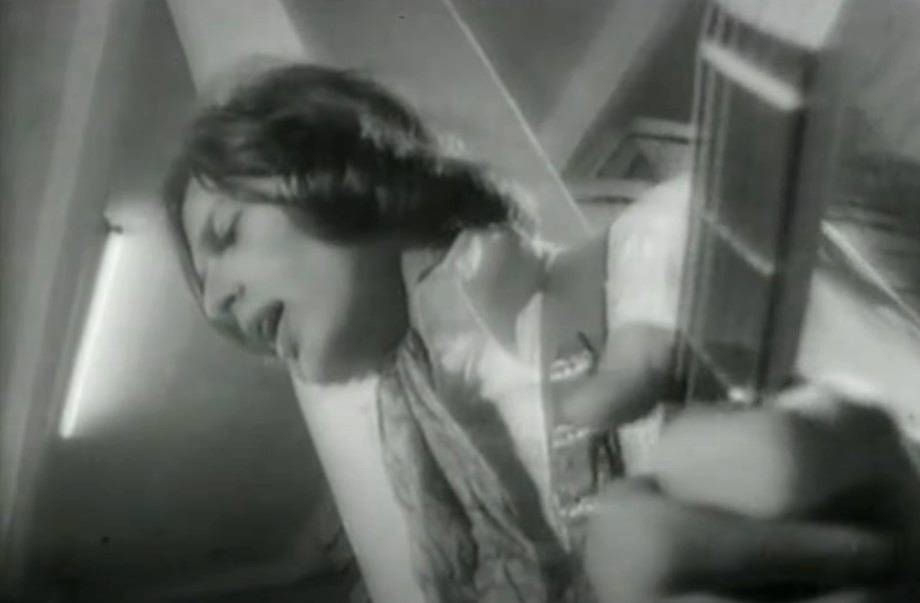 BBC, Pink Floyd: The Story (1994)
BBC, Pink Floyd: The Story (1994)
19. They Had A Frank Conversation
Even with Gilmour picking up the slack, soon Syd Barrett’s contributions to the band were near zero. While he was their friend, they had sadly grown to see him as a burden. So, the band met with their management to discuss their options.
Their decision, while heartbreaking, was for the best in their eyes.
20. They Asked Him To Leave
After making some difficult decisions, the band knew that things couldn’t continue the way they were. Later that year, they asked Syd Barrett to leave Pink Floyd. His reaction was tragic: Rather than make things harder, Barrett agreed and resigned.
This meant someone else had to take over the songwriting.
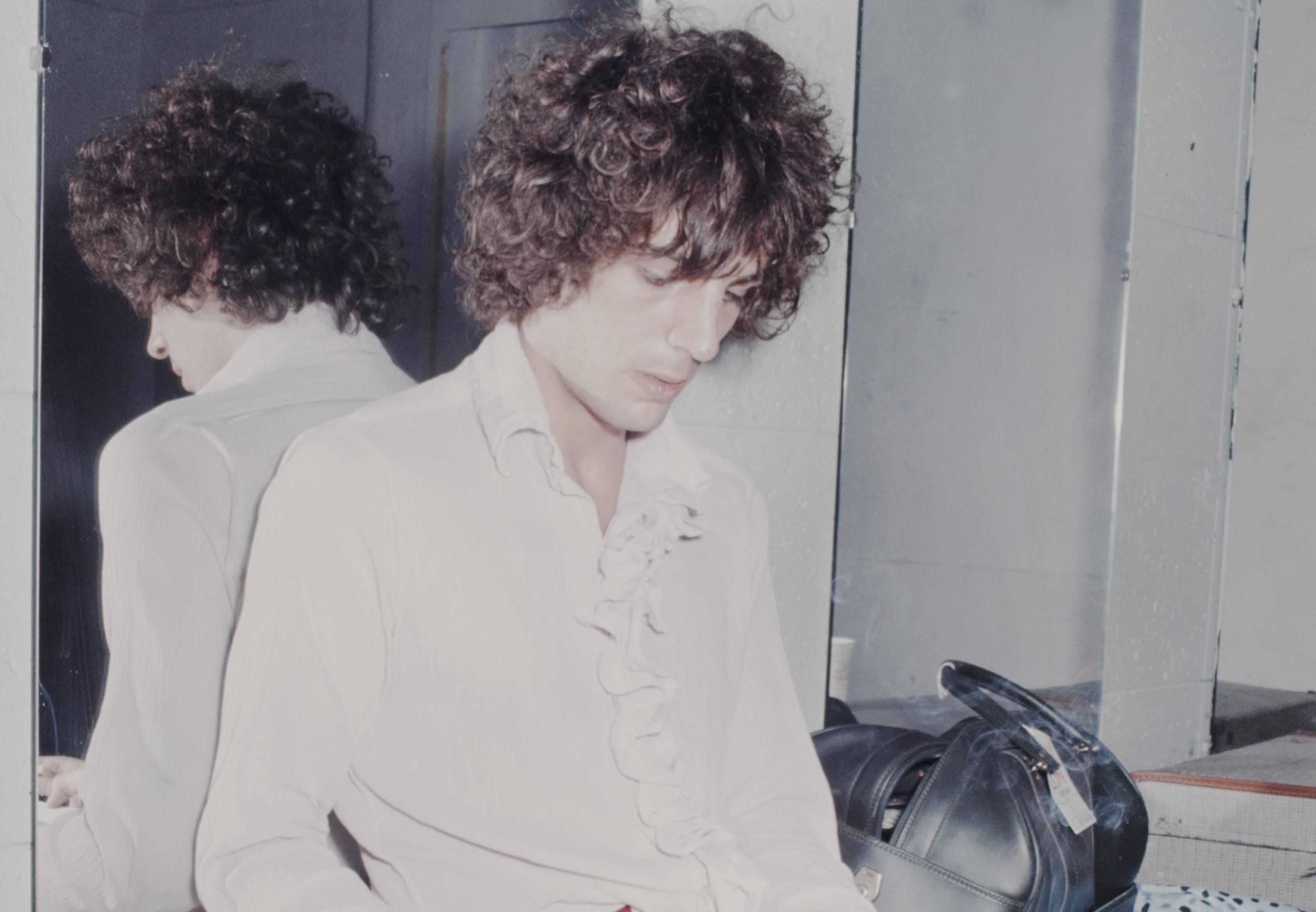 Koh Hasebe/Shinko Music, Getty Images
Koh Hasebe/Shinko Music, Getty Images
21. He Stepped Up
Syd Barrett had long been praised for his beautifully experimental lyrics, but now that he had left, someone else had to take his place. Thankfully, Roger Waters became the chief lyricist and they had long since transitioned away from the songs written by Barrett.
Now that they were getting their second wind, they decided to try something again.
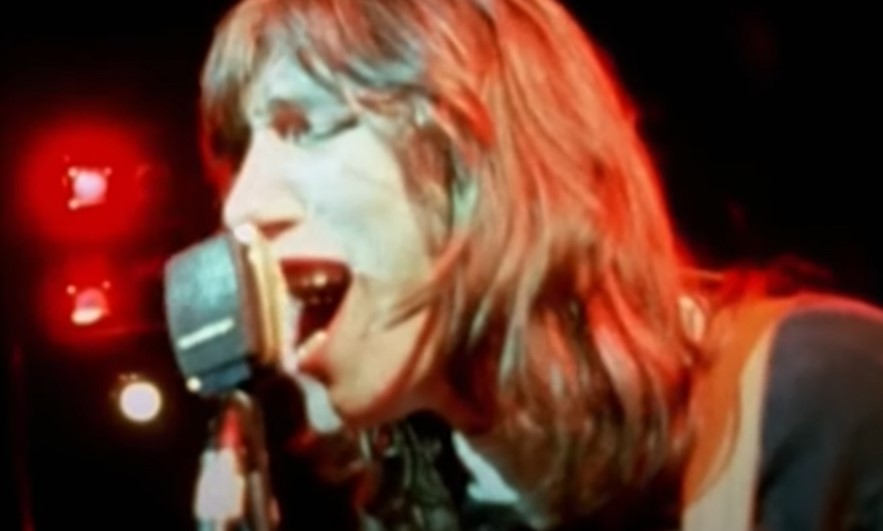 BBC, The Pink Floyd Story: Which One's Pink? (2007)
BBC, The Pink Floyd Story: Which One's Pink? (2007)
22. They Made A Triumphant Return
Trying their best to move forward, Pink Floyd once again attempted something that had ended too soon. In July 1968, they made a triumphant return to the US for what became their first major tour.
As they became this new version of themselves, a new release marked the transformation.
 BBC, Pink Floyd: The Story (1994)
BBC, Pink Floyd: The Story (1994)
23. They Saw The End Of An Era
Before it spent 82 weeks on the UK charts, Pink Floyd released Meddle in 1971. Fans and critics alike raved about David Gilmour’s additions, and the album has been regarded as the official departure point from the Barrett-led era of the band.
With this new age, they also decided to expand their work.
 BBC, The Pink Floyd Story: Which One's Pink? (2007)
BBC, The Pink Floyd Story: Which One's Pink? (2007)
24. They Branched Out
Aside from forging their own path through music, Pink Floyd also dipped into a different industry. Throughout the late ‘60s and early ‘70s, the band recorded the soundtracks to several films—including More and Zabriskie Point.
Unknown to them, they were on the cusp of their greatest success yet.
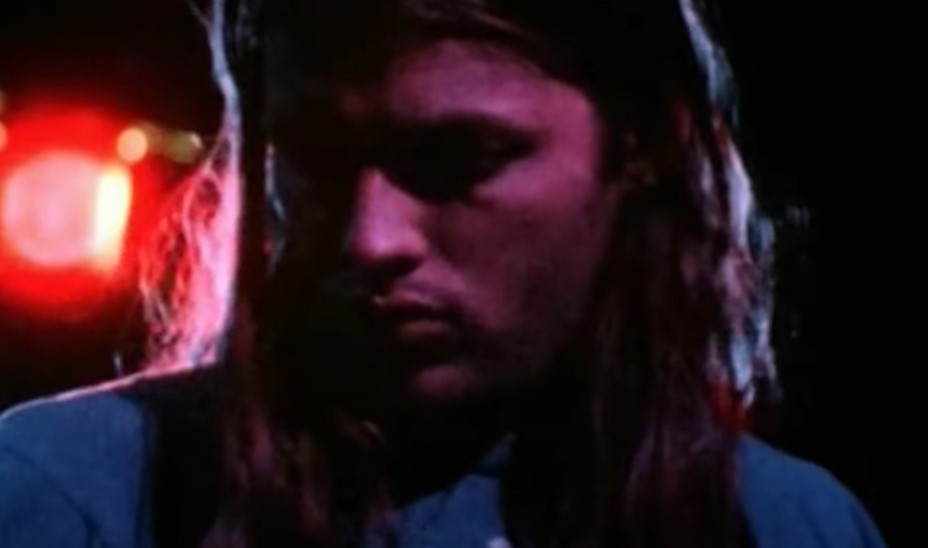 BBC, The Pink Floyd Story: Which One's Pink? (2007)
BBC, The Pink Floyd Story: Which One's Pink? (2007)
25. They Released Their Biggest Album Yet
With Roger Waters now the band's primary lyricist, Pink Floyd released the first of their most successful albums, The Dark Side of the Moon, in 1973. It was an immediate hit in the UK, spending 364 weeks on the charts and reaching number two.
It wasn’t just big in the UK, however.
26. They Enjoyed Global Success
Apart from their growing popularity in their home country, Pink Floyd’s fanbase grew even bigger. The Dark Side of the Moon sold over 45 million copies globally, making each band member lavishly rich.
But even with all of these accomplishments, it still wasn’t perfect.
27. They Discovered The Price Of Fame
After The Dark Side of the Moon got so big and Pink Floyd experienced a new height of fame and fortune, they had difficulty coming down. All of it left the band members more than exhausted, in every sense of the word.
Still, they didn’t let that stop them.
 BBC, Pink Floyd: The Story (1994)
BBC, Pink Floyd: The Story (1994)
28. They Got Back To Work
With such a big success, the band needed to come up with a stellar follow-up. So, despite their exhaustion, the band began working on their new album—Wish You Were Here—in 1975. They pushed forward, but it wasn’t exactly a cakewalk.
 BBC, The Pink Floyd Story: Which One's Pink? (2007)
BBC, The Pink Floyd Story: Which One's Pink? (2007)
29. They Struggled At First
Even for uber-talented musicians, creating something new can be challenging. However, it was even worse for Pink Floyd, impeded by a slurry of creative disagreements, personal problems like Nick Mason’s divorce, and the band’s overall fatigue.
Yet through all this, they created something special for both fans and themselves, and Wish You Were Here was another hit.
30. They Felt The Tensions Rise
Long before Jay-Z, Pink Floyd learned that mo money means mo problems. Now that they had made it, bigger and more complicated issues began impacting the group. One of the largest points of contention surrounded money, specifically the division of royalties.
This led to a somewhat underhanded move.
31. He Was Uncredited
The dispute over royalties and contributions spilled into the public eye when Pink Floyd released Animals in 1977, their tenth record in as many years. It stood out as their first album without Richard Wright’s writing credit. Wright would later remark on Roger Waters’ ego, and how he believed he was the only reason for their success.
It didn’t help that certain parts of their lives seemed too big.
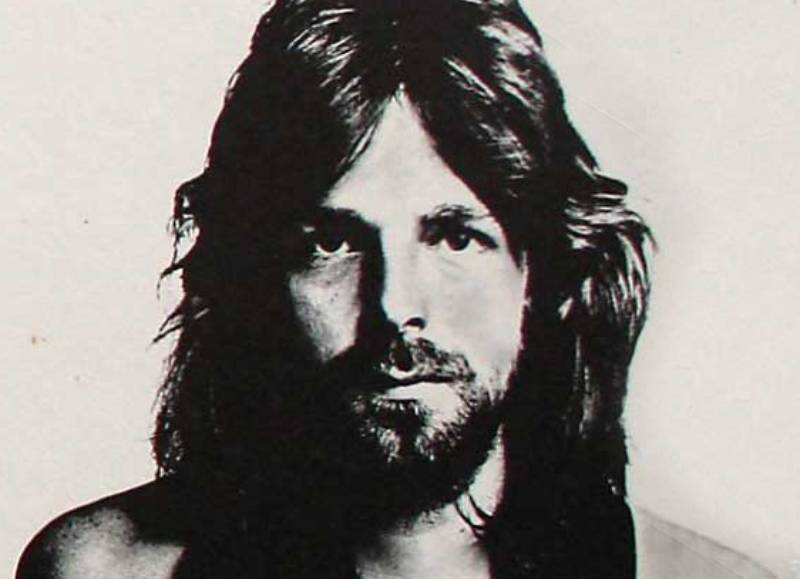 Capitol Records, Wikimedia Commons
Capitol Records, Wikimedia Commons
32. They Began To Feel Uncomfortable
Pink Floyd had become a worldwide name and beloved by millions, so naturally, the band started to sell out stadiums. This didn’t quite hit the band members until they began playing at these venues. The sheer size of these concerts made the members feel anxious and uncomfortable.
This tension manifested in different ways for each person.
 BBC, The Pink Floyd Story: Which One's Pink? (2007)
BBC, The Pink Floyd Story: Which One's Pink? (2007)
33. They Were Each Affected
Following the release of Animals, Pink Floyd used much of its material on their “In the Flesh” tour. However, the band members began feeling the toll in separate ways. Roger Waters grew withdrawn and irritable, acting rudely to fans who annoyed him. In Richard Wright’s case, things got so bad that he returned home, and said he would leave the band.
Beyond all of this, one member found it hard to see a future for them.
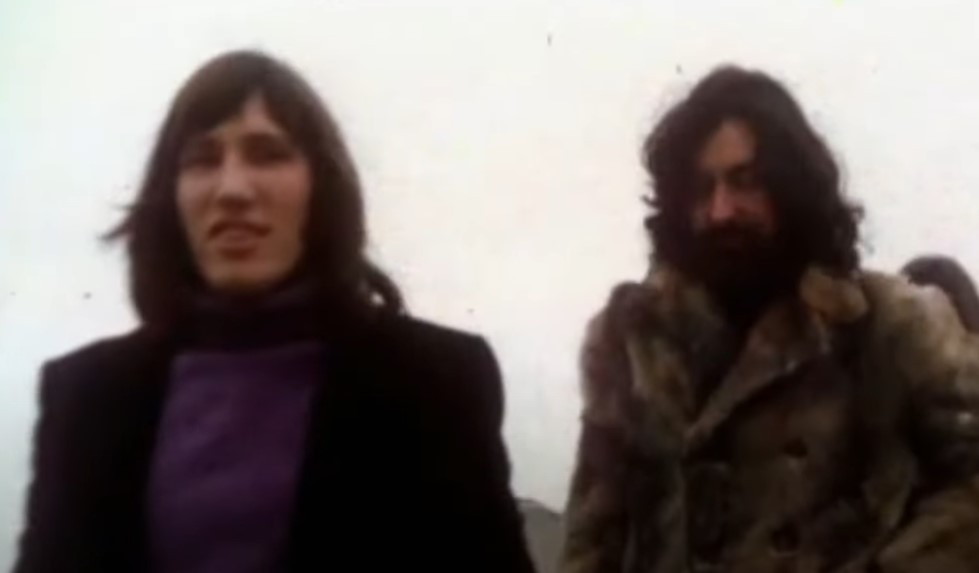 BBC, The Pink Floyd Story: Which One's Pink? (2007)
BBC, The Pink Floyd Story: Which One's Pink? (2007)
34. He Felt Empty
Once the tour finished, one band member in particular had come to feel discontented. David Gilmour thought they had reached the highest heights possible, with nothing else to strive for. Luckily, they found just what they needed.
 BBC, The Pink Floyd Story: Which One's Pink? (2007)
BBC, The Pink Floyd Story: Which One's Pink? (2007)
35. He Had A New Idea
By mid-1978, Roger Waters had a few ideas for Pink Floyd’s next projects. With some hesitancy from the other members, the band decided to move forward with the album, using the working title of Bricks in the Wall.
This wasn’t a regular album, however.
36. They Hired A Writer
Pink Floyd wanted to tell a story throughout their new album, so to do it properly, they worked with Canadian producer Bob Ezrin. He was already co-producing the album, but he additionally wrote a 40-page script detailing the narrative.
Like all of the band’s creative works, it carried a deep message.
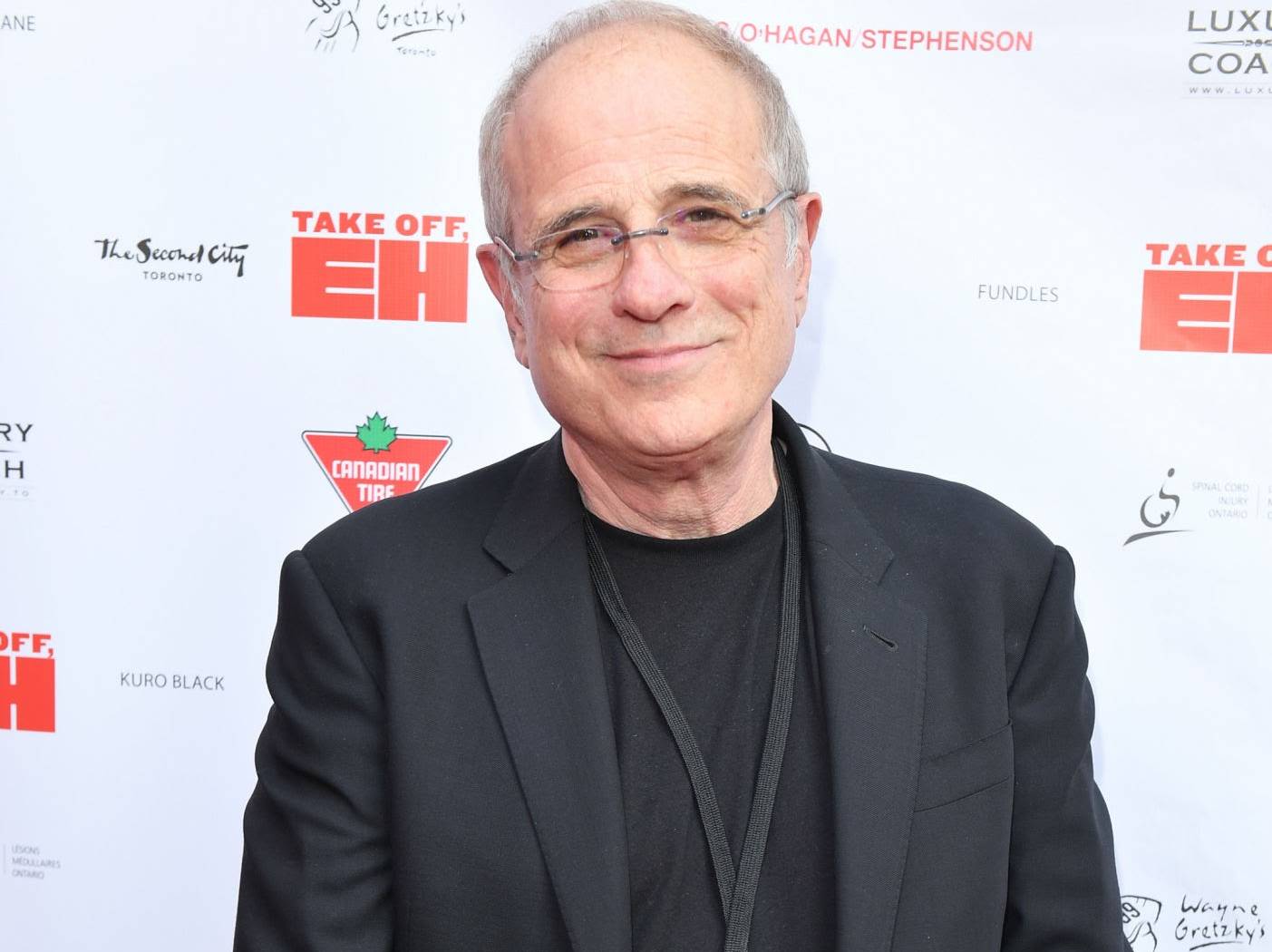 Vulnarity, CC BY-SA 4.0, Wikimedia Commons
Vulnarity, CC BY-SA 4.0, Wikimedia Commons
37. They Inspired The Album’s Story
Both Roger Waters and Syd Barrett inspired the story of what later became The Wall. It told of a rock star becoming disillusioned with life and the music industry, slowly descending deeper and deeper into madness.
When it came to recording the album, problems arose once again.
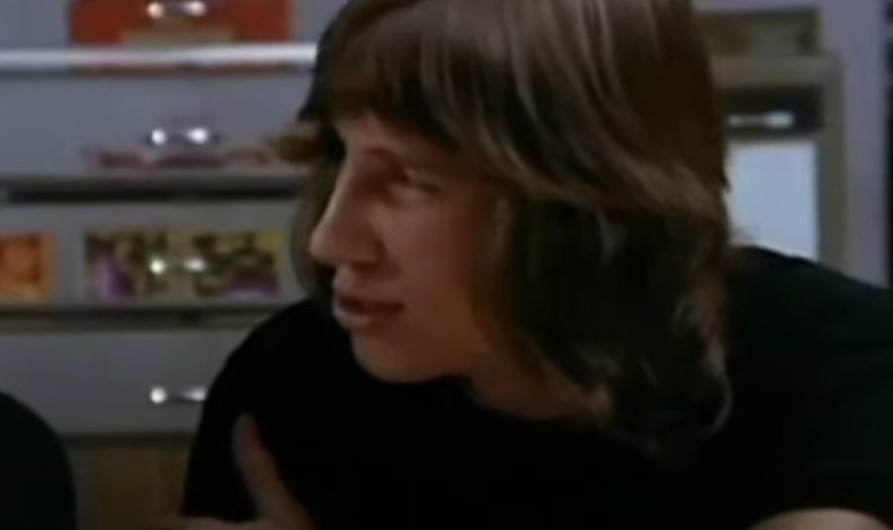 BBC, The Pink Floyd Story: Which One's Pink? (2007)
BBC, The Pink Floyd Story: Which One's Pink? (2007)
38. They Turned On Him
As Pink Floyd recorded The Wall, tensions began rising again—but this time, it all stemmed from one specific member: The rest of the band felt like Richard Wright was contributing nothing, often just sitting and watching them play during sessions.
Once again, the band had to have a difficult conversation.
 Michael Ochs Archives, Getty Images
Michael Ochs Archives, Getty Images
39. He Also Agreed
Similar to their situation with Barrett, the band approached Richard Wright and asked that he leave the band. They gave him the choice of leaving quietly after they finished the album, or drawing it out into a difficult battle. In the end, Wright agreed to leave without making a fuss.
After they finished recording the album, it turned into so much more.
40. They Made A Movie
After Pink Floyd released The Wall in 1979, its success gave birth to an ambitious project: turning it into a movie. Surprisingly, the band had intended to make the album into a film from the beginning.
But their vision of it looked very different than what we know today.
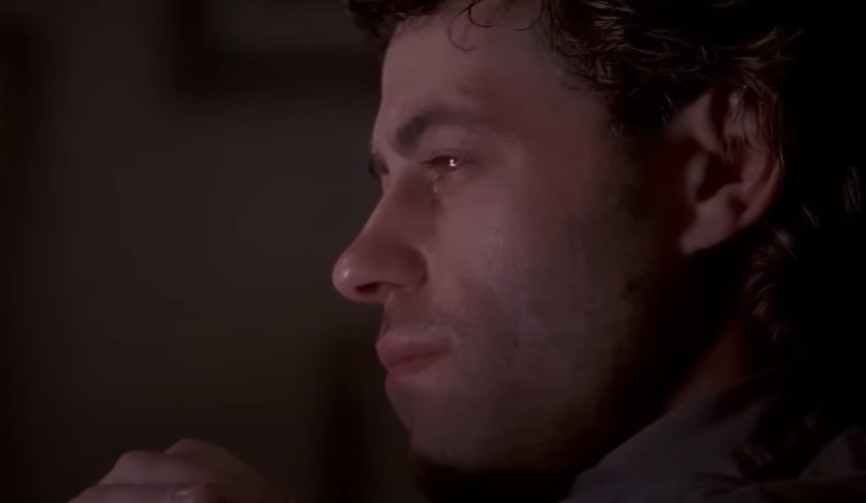 MGM, Pink Floyd: The Wall (1982)
MGM, Pink Floyd: The Wall (1982)
41. They Distanced Themselves
Pink Floyd’s original idea for Pink Floyd - The Wall was to use live footage from concerts, interspersed with animated scenes. However, this was found unworkable, so Alan Parsons was brought on as a director. He kept the animated scenes, but filled the rest with scenes that made up a proper movie.
While the band became distanced from the production, the film did lead to something else.
 National Archives at College Park, Wikimedia Commons
National Archives at College Park, Wikimedia Commons
42. They Had A New Project
The same year of the film’s release, Roger Waters came up with a new album connected to Pink Floyd - The Wall. First meant to be the film’s soundtrack album, Spare Bricks would contain unused music from The Wall.
But, as usual, this wasn’t to everyone’s liking.
 BBC, The Pink Floyd Story: Which One's Pink? (2007)
BBC, The Pink Floyd Story: Which One's Pink? (2007)
43. They Had Worrisome Arguments
Although Waters had been the creative lead for a long time, Gilmour became increasingly defiant of his vision. Many arguments bubbled up, as in Gilmour’s opinion, their new album should have focused more on new material, rather than depending on old songs.
It was clear that everyone had reached a tipping point.
 Klaus Hiltscher, CC BY-SA 2.0, Wikimedia Commons
Klaus Hiltscher, CC BY-SA 2.0, Wikimedia Commons
44. They Avoided One Another
Through all this hostility, the band members tried to remain professional. However, this still resulted in Waters and Gilmour avoiding any instance of working together. And when they did collaborate, it was like walking on eggshells.
Eventually, one of them cracked.
45. He Made His Feelings Clear
Despite their cordial attempts, the tensions between Waters and Gilmour boiled over. After one specific argument, Waters erased Gilmour’s writing credit, believing it not earned in any way.
As if their catfighting wasn't bad enough, the two weren’t even the only ones in the band with problems.
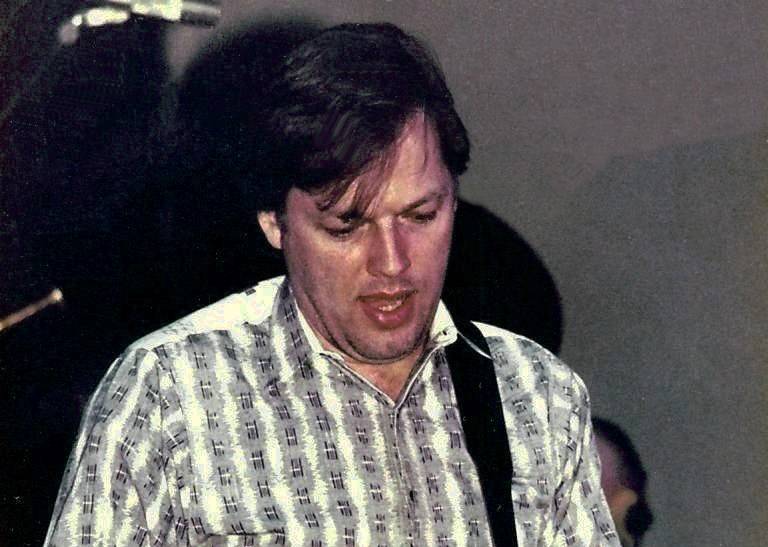 Klaus Hiltscher, CC BY-SA 2.0, Wikimedia Commons
Klaus Hiltscher, CC BY-SA 2.0, Wikimedia Commons
46. He Was Dealing With Other Things
Aside from the regular skirmishes between Gilmour and Waters, the band’s drummer faced his own demons. While recording the album, Nick Mason was of little help, having been plagued by marital issues.
With this in mind, one member knew it was time for a change.
 David Warner Ellis, Getty Images
David Warner Ellis, Getty Images
47. He Struck Out On His Own
To separate himself from the devolving situation, Roger Waters focused on his own career. In 1984, he released his debut solo album, The Pros and Cons of Hitchhiking. Soon after, he started touring by himself.
Still, he and the other members felt it was important to clear the air.
48. They Had A Confusing Conversation
Intending to handle things diplomatically, the three remaining band members went to dinner to discuss their future. By the end of the conversation, they each left with different interpretations of the decision they had reached. Waters believed they had agreed Pink Floyd was no more, but Mason and Gilmour thought they would continue after a hiatus.
Waters was certainly single-minded, though.
49. He Said They Were Done
In Waters’ mind, he had said goodbye to Pink Floyd and left that part of his career behind. He wasn’t private about it either, and made it clear to the fans that the band had no plans to reunite after his solo album’s release.
Going even further, Waters made his decision official.
50. He Made A Formal Request
Waters grew determined to cut off every connection to the band he could. After telling EMI Studios that he had left the band, Waters requested his release from any of contractual obligations with them.
However, he didn’t stop there.
51. He Took The Legal Route
Continuing to put nails in Pink Floyd’s coffin, Waters elevated his issues with the band to the High Court. There he fought to prevent any further usage of the “Pink Floyd” name, hoping to break up the band in the eyes of the law.
Fortunately, they came to an agreement.
52. They Settled
These legal proceedings lasted a few years, with Waters trying to stamp out the band’s future. Finally, in 1987, Waters reached an out-of-court agreement with Gilmour which allowed Pink Floyd to continue as a band.
Waters believed he was in the right, but he didn’t feel that way forever.
 BBC, Pink Floyd: The Story (1994)
BBC, Pink Floyd: The Story (1994)
53. He Had Regrets
Later in life, Roger Waters expressed regrets about the severe decisions in his youth. Specifically, he remarked in 2013 that he hadn’t fully realized how valuable Pink Floyd was, and wished he hadn’t gone through with the lawsuit.
Back in the ‘80s, Pink Floyd was getting back on the horse with a familiar face.
 BBC, The Pink Floyd Story: Which One's Pink? (2007)
BBC, The Pink Floyd Story: Which One's Pink? (2007)
54. They Brought Him Back
By the time 1986 was through, Pink Floyd had started work on a new album and decided to ask a former bandmate to rejoin. Bringing keyboardist Richard Wright back was logistically difficult, but Gilmour was convinced it would only make them better.
But even with his addition, recording the album once again proved problematic.
 BBC, Pink Floyd: The Story (1994)
BBC, Pink Floyd: The Story (1994)
55. They Had A Lot Of Trouble
Without Roger Waters as the band’s creative lead, Pink Floyd had an arduous recording of their new album, A Momentary Lapse of Reason. Beyond struggling with direction, Nick Mason and Richard Wright were more than a bit rusty.
Despite this, Pink Floyd wanted to demonstrate that they didn’t need Rogers Waters.
 BBC, The Pink Floyd Story: Which One's Pink? (2007)
BBC, The Pink Floyd Story: Which One's Pink? (2007)
56. They Were Clear In Their Messaging
Wanting the world to know that the band was thriving without Roger Waters, Pink Floyd made an intentional design choice. Like previous albums, the cover included a group photo of the band inside. But now, the picture was only of Mason and Gilmour.
Once they released the album, Waters had a few things to say.
57. He Criticized It
Pink Floyd released A Momentary Lapse of Reason in 1987, and fans naturally wanted to know Roger Waters’ opinion. Overall, Waters called the album a poor imitation, specifically noting Gilmour’s lyrics, which he called “third-rate”.
On the flip side, the band members had differing opinions.
58. There Were Conflicting Responses
Compared to the criticisms of Roger Waters, Gilmour had more faith in Pink Floyd’s new album. He believed it was their return to greatness—but Richard Wright disagreed. In fact, Wright supported Waters’ statements on his own work.
In the following years, Waters distanced himself from the band, yet the two were strangely close at times.
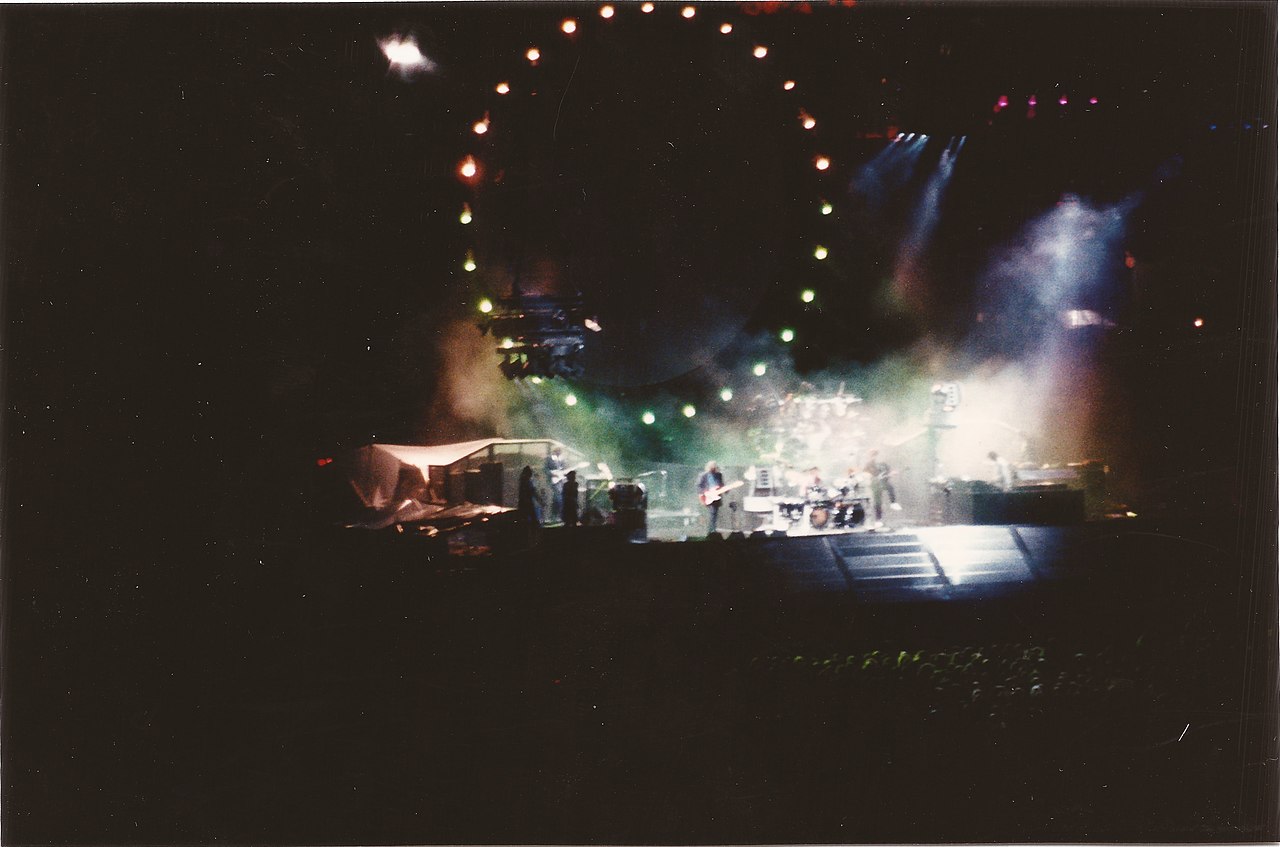 Bradley Fortner, Wikimedia Commons
Bradley Fortner, Wikimedia Commons
59. They Unintentionally Followed Each Other
For musicians who seemingly wanted nothing to do with each other, Waters and Pink Floyd often found themselves closer than expected. Pink Floyd’s North American album tour and Waters’ K.A.O.S. On the Road tour occurred at the same time in 1987, and more than once had venues not far from each other.
But despite the proximity, it would be a long time before they were all together again.
 Andrés Ibarra, CC BY-SA 4.0, Wikimedia Commons
Andrés Ibarra, CC BY-SA 4.0, Wikimedia Commons
60. They Had A Long-Awaited Reunion
Fast-forwarding to 2005, the reunion of Roger Waters, David Gilmour, Richard Wright, and Nick Mason was all thanks to the benefit concert, Live 8. Organized by Bob Geldof, star of Pink Floyd - The Wall, the former bandmates performed together once again.
But it wouldn't be Pink Floyd if it didn't take a nosedive immediately.
 BBC, The Pink Floyd Story: Which One's Pink? (2007)
BBC, The Pink Floyd Story: Which One's Pink? (2007)
61. Their Old Tensions Resurfaced
While rehearsing and planning their Live 8 performance, the band experienced some déjà vu. They again fell to in-fighting regarding how they wanted to perform their set—but this time, they had grown older and wiser, and these issues didn’t get in the way.
 Paul Carless, CC BY 2.0, Wikimedia Commons
Paul Carless, CC BY 2.0, Wikimedia Commons
62. He Was Emotional
Thankfully, Pink Floyd’s Live 8 performance went off without a hitch and included some truly memorable moments. At one point, Roger Waters grew emotional as they began Wish You Were Here. He remarked on how special the reunion was, and that their thoughts were equally on those who were absent, namely Syd Barrett.
This kind of sentiment continued and led to a beautiful act.
 BBC, The Pink Floyd Story: Which One's Pink? (2007)
BBC, The Pink Floyd Story: Which One's Pink? (2007)
63. They Reconciled
As the event came to a close, something happened that displayed the reconciliation between the former bandmates. As David Gilmour walked off the stage, Roger Waters called out and stopped him, bringing his former rival back for what became a group hug with the whole band.
It was good that they made up—as tragedy was on its way.
 BBC, The Pink Floyd Story: Which One's Pink? (2007)
BBC, The Pink Floyd Story: Which One's Pink? (2007)
64. They Grieved The Passing Of An Old Friend
Tragically, in the next year, the band was struck by the loss of their former bandmate. In July 2006, Syd Barrett passed at just 60 years old. Following this, both the band and the media at large praised Barrett for his pioneering contributions to Pink Floyd.
Sadly, the next year brought another loss.
65. They Endured Another Tragic Passing
In 2008, Pink Floyd would lose another member. After a battle with cancer, Richard Wright passed at the age of 65. Afterward, many spoke about Wright’s work in the band, noting it as overlooked and unknowingly integral to their success.
For both Barrett and Wright, the band did right by them.
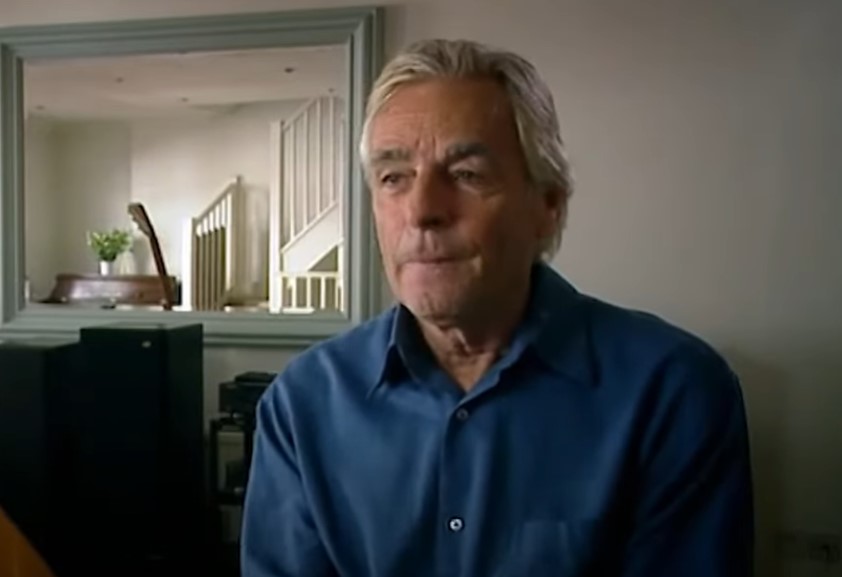 BBC, The Pink Floyd Story: Which One's Pink? (2007)
BBC, The Pink Floyd Story: Which One's Pink? (2007)
66. They Honored Both
Following the respective losses of Syd Barrett and Richard Wright, the living band members honored both men. Nearly a year after Barrett’s passing, all four members performed at his tribute concert. For Wright, Gilmour played a song in tribute on BBC Two a week after his passing.
It wasn’t too long until Pink Floyd had their swan song.
 deep_schismic, CC BY 2.0, Wikimedia Commons
deep_schismic, CC BY 2.0, Wikimedia Commons
67. They Released Their Final Album
Finally, in 2013, Pink Floyd released their final album—The Endless River. While the only band members working on it were Nick Mason and David Gilmour, they collaborated with session musicians and used archive recordings of Richard Wright.
While this was their last album, it wasn’t their last single.
68. They Made One More Protest
Reuniting once again in 2022, David Gilmour and Nick Mason released the single, "Hey, Hey, Rise Up!" under Pink Floyd. They wrote and recorded this as a protest against the Russian invasion of Ukraine and included a sample of Ukrainian singer Andriy Khlyvnyuk singing one of the country’s anthems.
69. They Brought Back His Memory
Pink Floyd saw more highs and lows than a roller coaster: sometimes at the same time! To many, Wish You Were Here was the band's peak—but it brought with it a painful melancholy. David Gilmour's opening guitar phrase unintentionally reminded Roger Waters of Syd Barrett.
Then, by chance while recording the album, a certain someone decided to pop by.
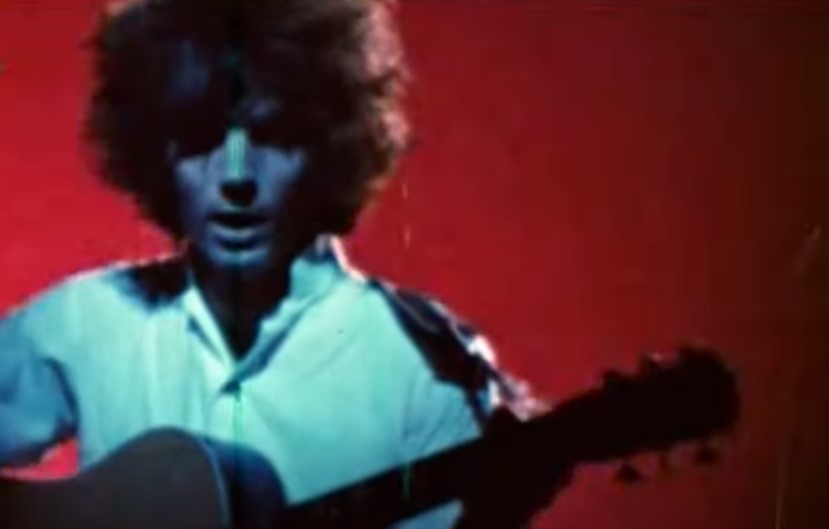 BBC, The Pink Floyd Story: Which One's Pink? (2007)
BBC, The Pink Floyd Story: Which One's Pink? (2007)
70. They Had A Surprise Visit
In a strange coincidence, the band received an unexpected guest during one of their recording sessions. Back in 1975, a disheveled man walked into the studio while Pink Floyd was recording. He seemed quite comfortable around the place and even around Pink Floyd.
When Roger Waters realized that this man with shaved head and shaved eyebrows was actually Syd Barrett, he burst into the tears. None of them had recognized him. In an even more heartbreaking twist, the band had been recording "Shine On You Crazy Diamond" when Barrett walked in. He later left the studio without saying goodbye—it was one of the last times any of them ever saw him.

